-
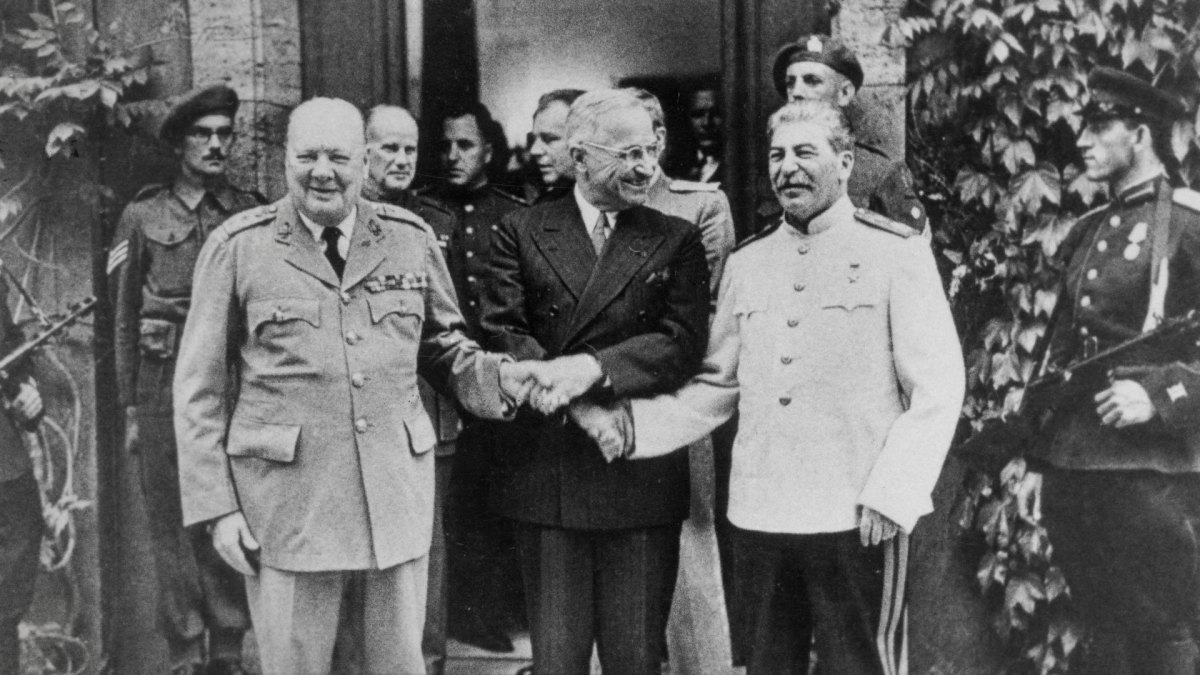
The Cold War Begins | The Second World War
The quarter century following World War II embraces the period conventionally identified as the cold war, even though in some respects a thaw had set in before 1970 and in others the hostilities of the cold war extended to the 1990s. A source of international insecurity, the cold war nonetheless marked a period longer than…
-

The Allied Coalition | The Second World War
The Grand Alliance, as Churchill liked to call it, known in its last years as the United Nations, had mustered overpowering strength against Germany, Japan, Italy, and such collaborators as the Axis powers could secure in the Balkans, Southeast Asia, and western Europe. Britain and the Commonwealth, the Soviet Union, and the United States were…
-
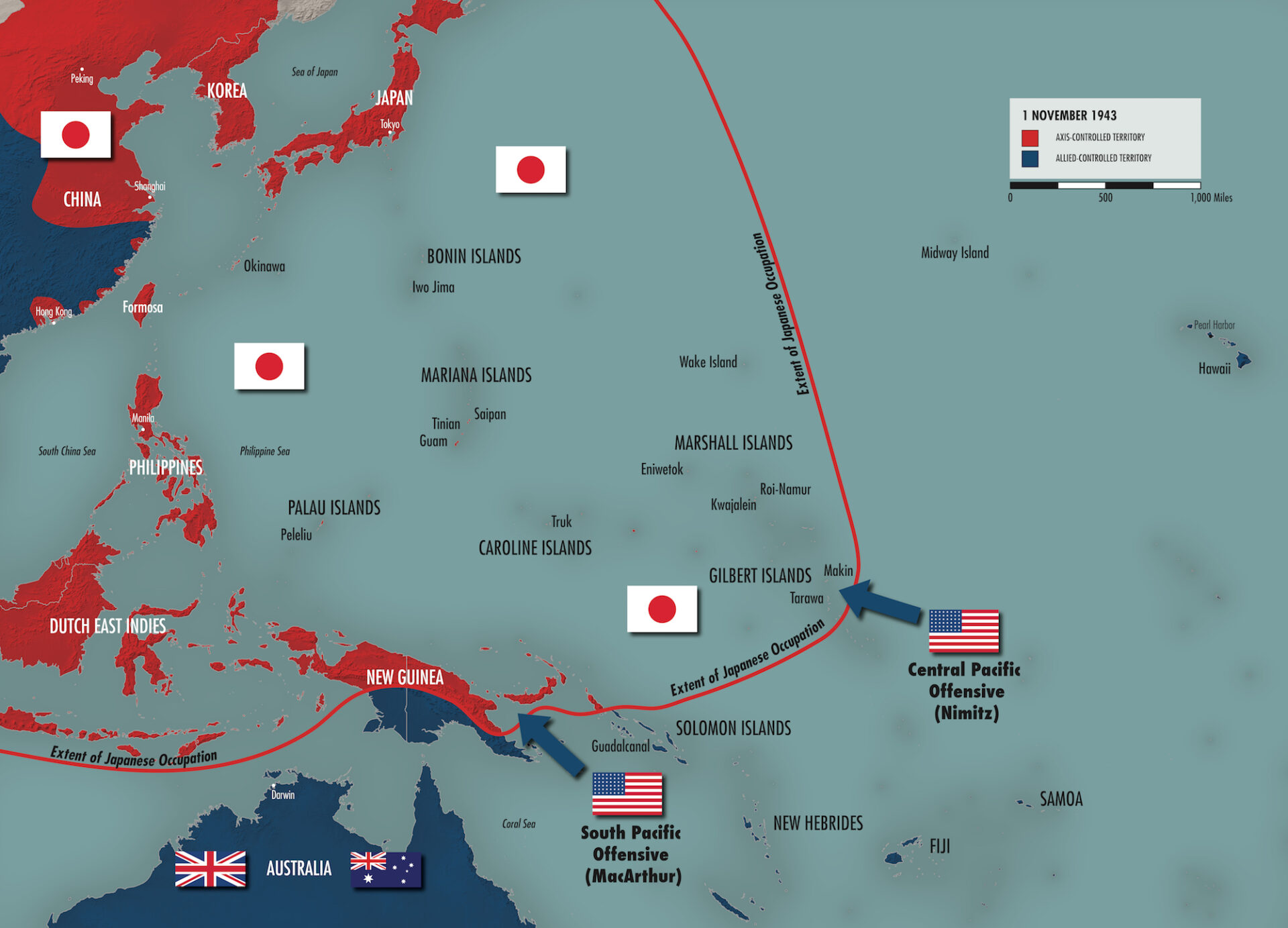
The War in the Pacific | The Second World War
V-J Day, the day of victory over Japan, was now the all out goal of Allied effort. The Soviet Union had refrained from adding Japan to its formal enemies as long as Germany was still a threat. Britain and the United States, on the other hand, were anxious for the Soviets to enter the war…
-

The Final Solution
During the International Military Tribunal, held at Nuremberg after the war to try German war criminals, a German engineer who was an eyewitness to a massacre of Jews in the Ukraine, where Ukrainian guards were used, dryly described what proved to be a relatively routine event. On 5th October 1942, when I visited the building…
-
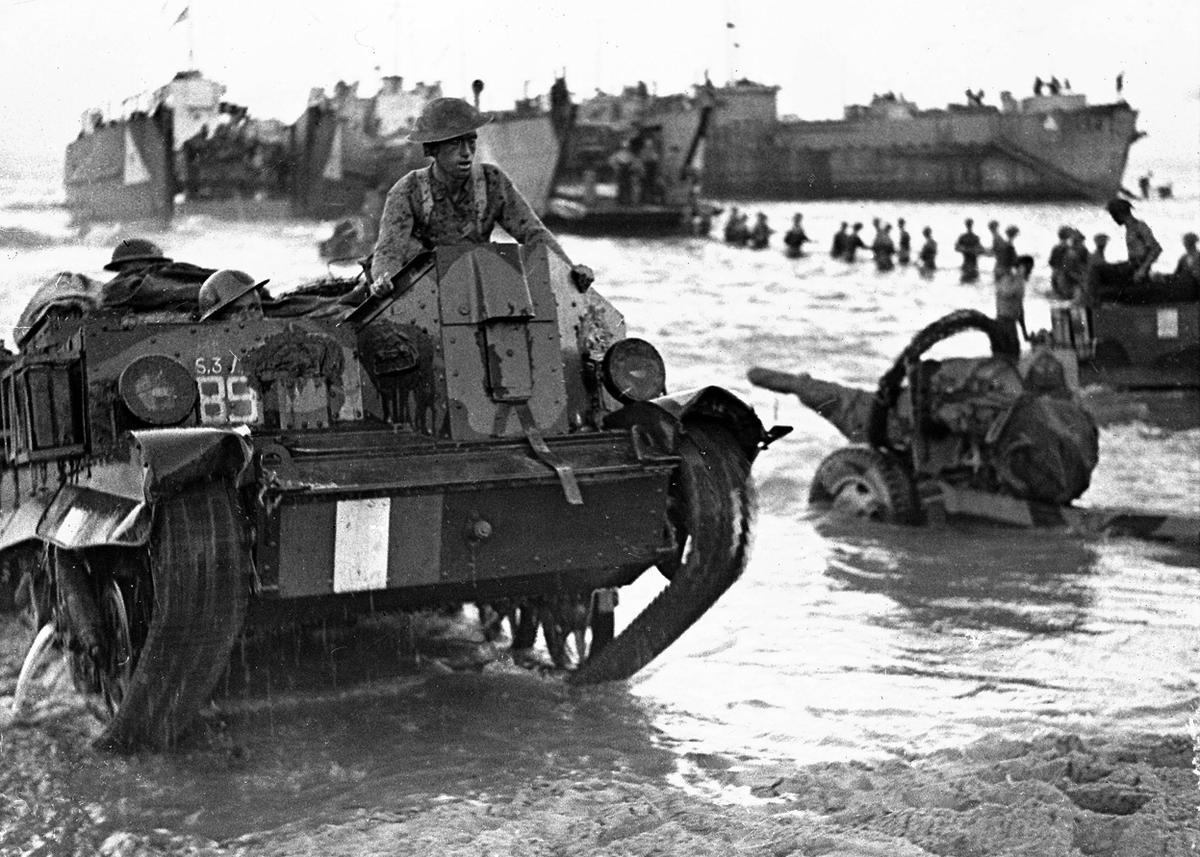
The Axis on the Defensive | The Second World War
In the last two years of the war the Axis powers were on the defensive. Both in Europe and in Asia the Allies attacked with land forces along definite lines of march campaigns of the traditional kind. But the way for these armies was made easier by two new factors in warfare: air power and…
-

Victory for the United Nations | The Second World War
There were several turning points in the struggle thereafter. The earliest as a series of naval actions in which Japanese expansion was stopped. In these actions, carrier-based American airplanes played a decisive role.
-
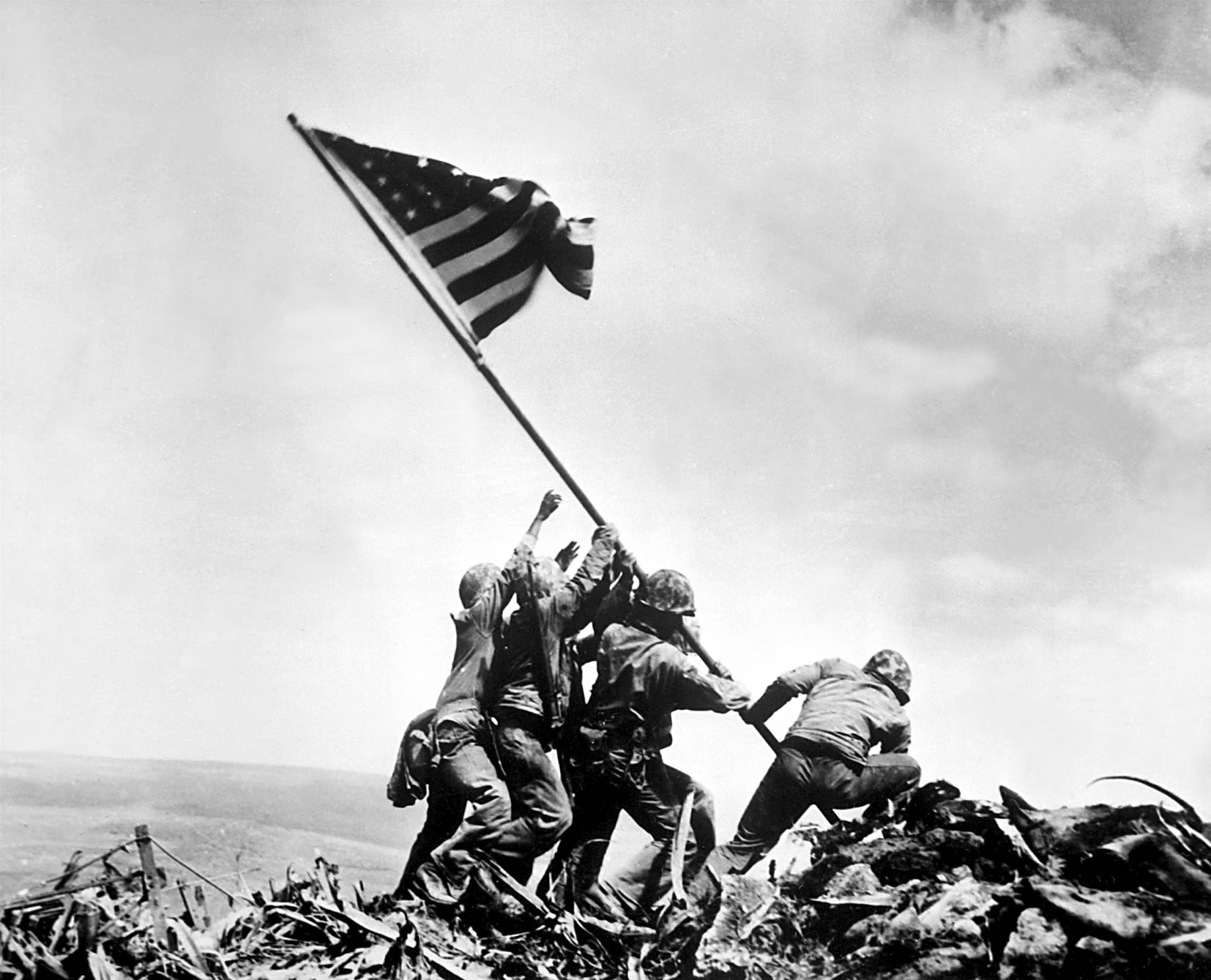
The United States Enters the War | The Second World War
Although the United States had a strong isolationist element and some Nazi sympathizers, American opinion had, from the very beginning of the attack on Poland in 1939, been far more nearly unanimous against the Germans and Italians than it had been against the Central Powers in 1914. With the fall of France in 1940, anti-Axis…
-
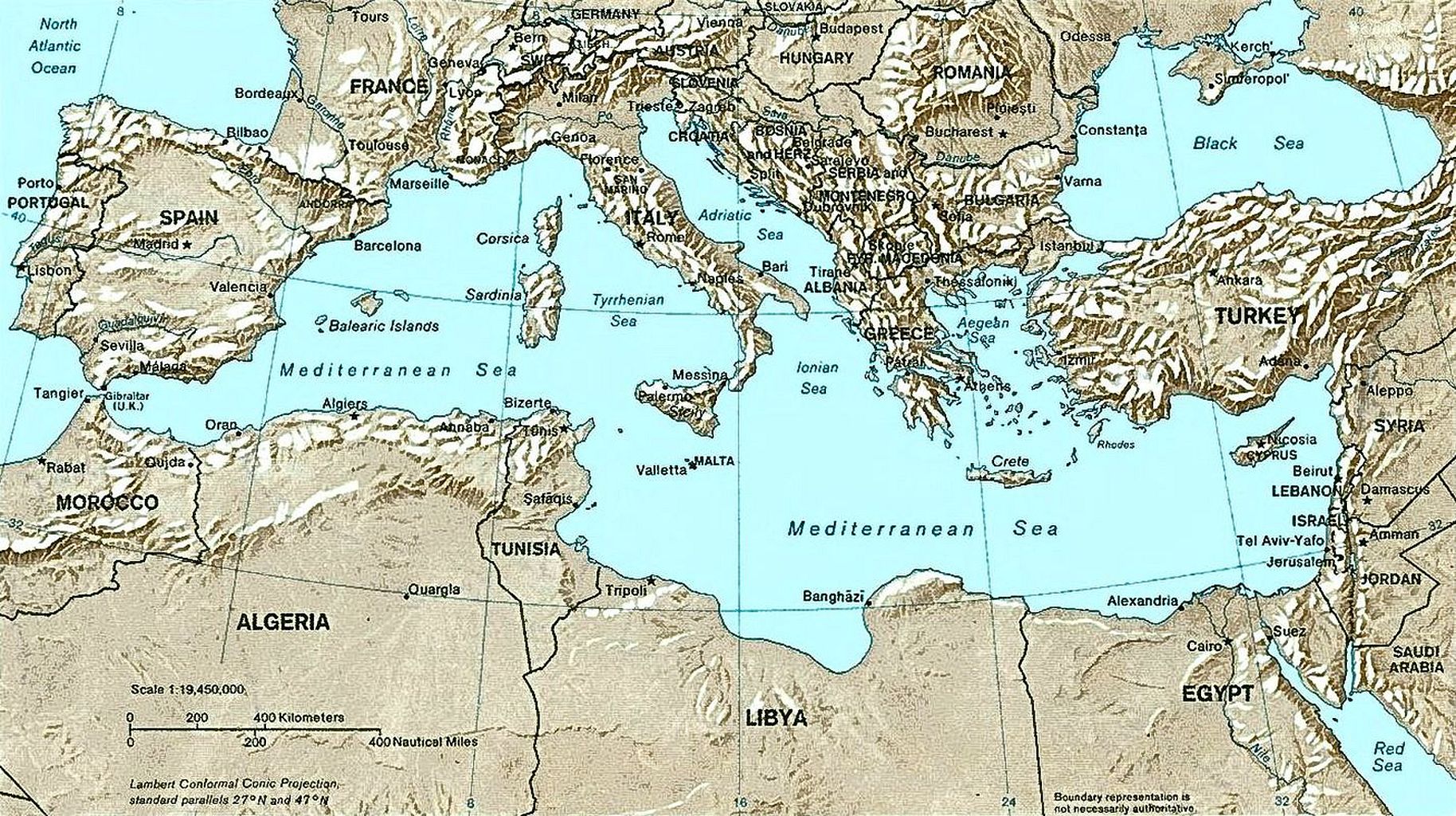
The Mediterranean and Soviet Campaigns
Hitler now faced the possibility of a long stalemate. He turned at first to the strategy of getting at Britain through its Mediterranean lifeline to India and the East. His ally Mussolini invaded Greece from Albania in October 1940 without informing Hitler. The Greeks pushed the Italians back halfway across Albania, but the Germans rescued…
-

The Battle of Britain | The Second World War
The Germans had not really worked out a plan for dealing with Britain. Hitler seems to have believed that with France out of the war, Britain would make a separate, compromise peace in which Germany would dominate the Continent of Europe and Britain would retain its overseas empire.
-
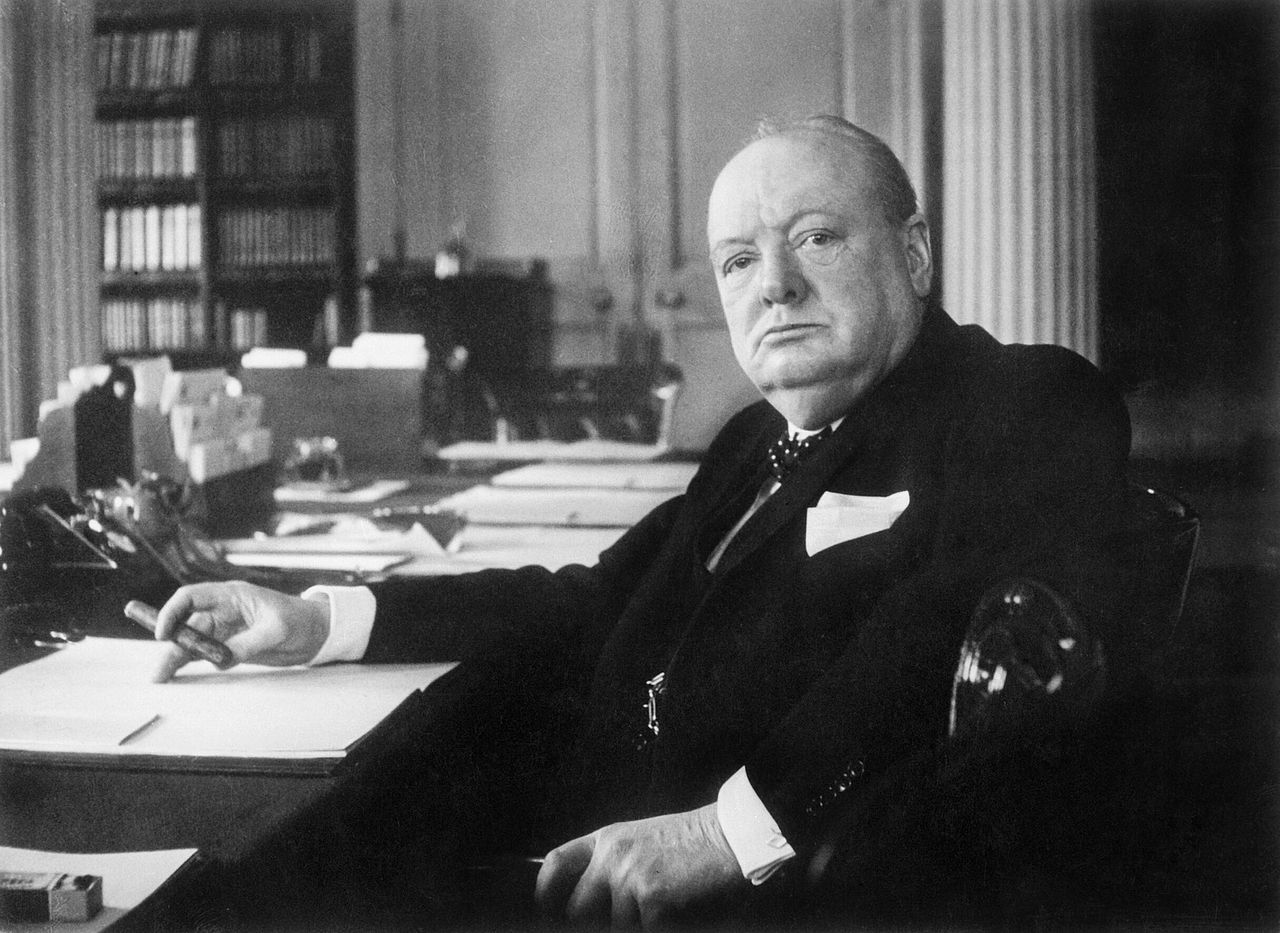
Winston Churchill’s Leadership
One skill of the highest value to leadership is the ability to inspire others with one’s own example, and with one’s oratory. Winston Churchill was a superb writer and public speaker. On May 13, 1940, he gave the House of Commons his fearsome prescription for victory. I would say to the House, as I said…
-

Early Successes of the Axis | The Second World War
The first campaign of World War II reached its expected conclusion. No one had seriously expected isolated Poland to stand up for long against the German and Soviet armed forces or expected Britain and France to act rapidly enough to help their Polish ally decisively. Yet the speed of the German conquest surprised almost everyone.…
-

World War II, 1939-1942 | The Second World War
Since military experts tend to prepare for the last war in planning for the next, both France and Germany in the 1930s built confronting lines of fortifications on their common frontier. The Maginot line on the French side and the Siegfried line on the German were far more formidable than were the trenches of 1914…
-

The Final Step: Poland, 1939 | The Second World War
Poland was clearly going to be Hitler’s next victim. The Germans regarded the Polish Corridor dividing East Prussia from the rest of Germany as an affront; so, too, was the separation from Germany of the free city of Danzig, German in language and tradition, on the edge of the Polish Corridor. On March 23, 1939,…
-

A Seventh Step: Czechoslovakia Dismembered, 1938-1939 | The Second World War
The Czechoslovak republic was the only state in central or eastern Europe where parliamentary democracy had succeeded after World War I. It had inherited some of the most highly developed industrial regions of the old Habsburg Empire; consequently, its economy was far better balanced between industry and agriculture than were those of the other states…
-

A Sixth Step: Anschluss, 1938 | The Second World War
The immediate origins of World War II lay, however, in the mounting series of German aggressions. Hitler had begun openly rebuilding the German armed forces in 1935. Three years later he felt strong enough to make his first open effort at expansion. Ever since 1918 there had been a strong movement among Austrians for union…
-
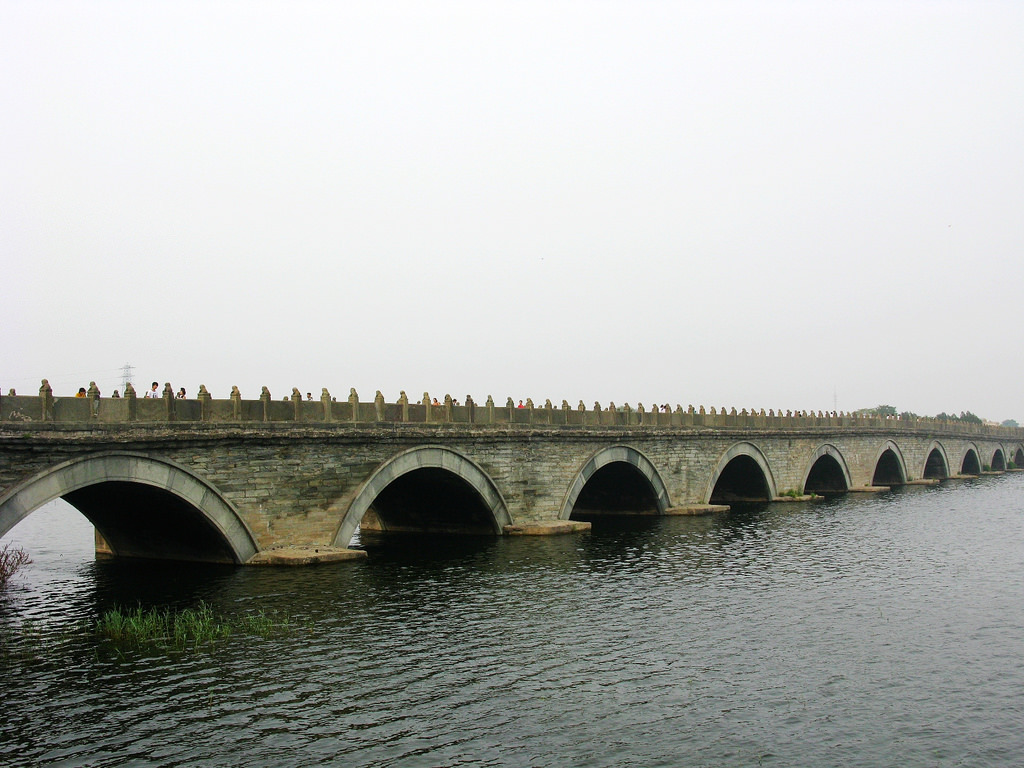
A Fifth Step: The Marco Polo Bridge, 1937 | The Second World War
The war between China and Japan had fallen into a lull when, on the night of July 7, 1937, a skirmish between troops of the two nations at the Marco Polo Bridge near Peking led to full-scale war once again.
-
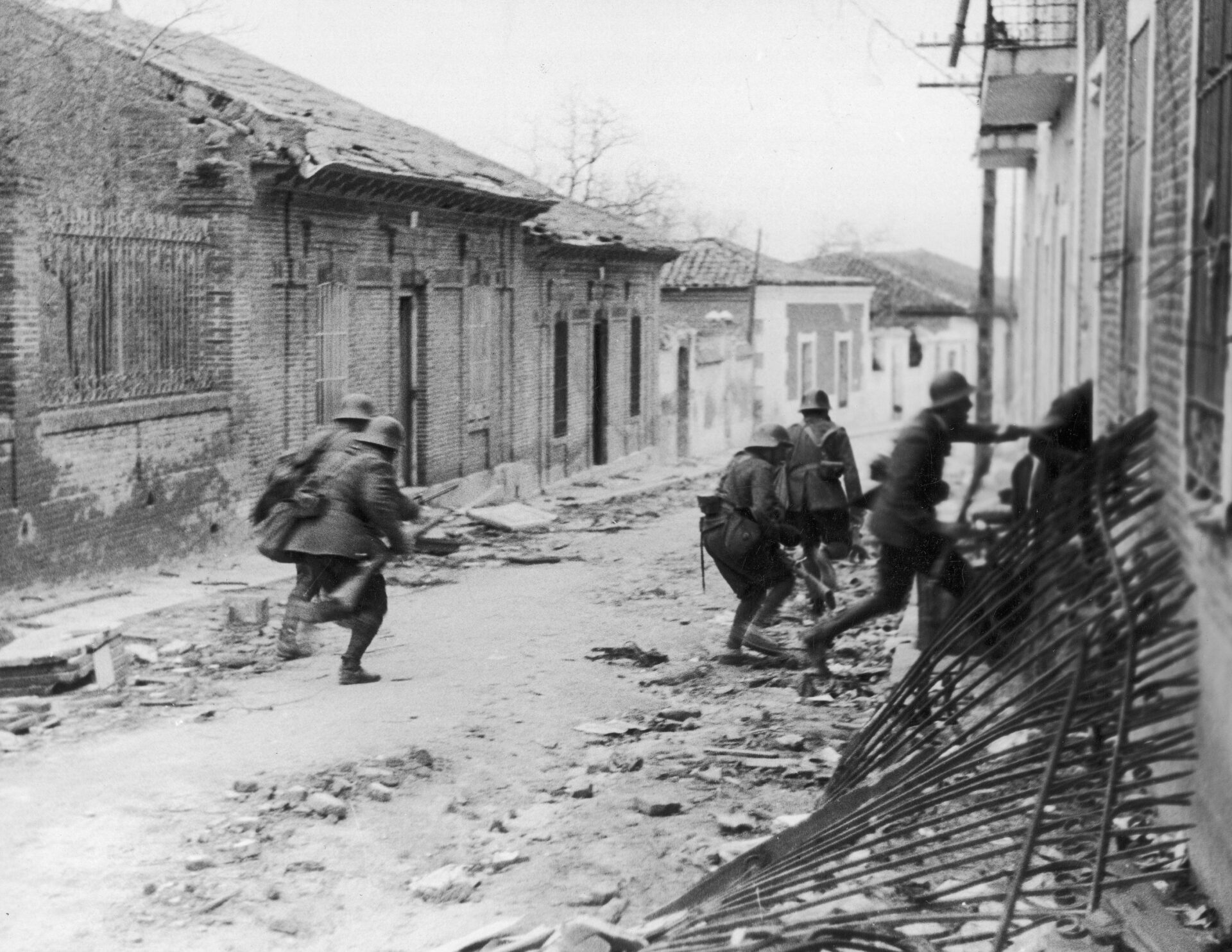
A Fourth Step: The Spanish Civil War, 1936-1939 | The Second World War
The Spanish Civil War, which broke out in July 1936, was the emotional catalyst that aroused millions of men and women all over the Western world. The war pitted fascists, monarchists, and conservatives of the right against socialists, communists, anarchists, and a few liberals of the left.
-
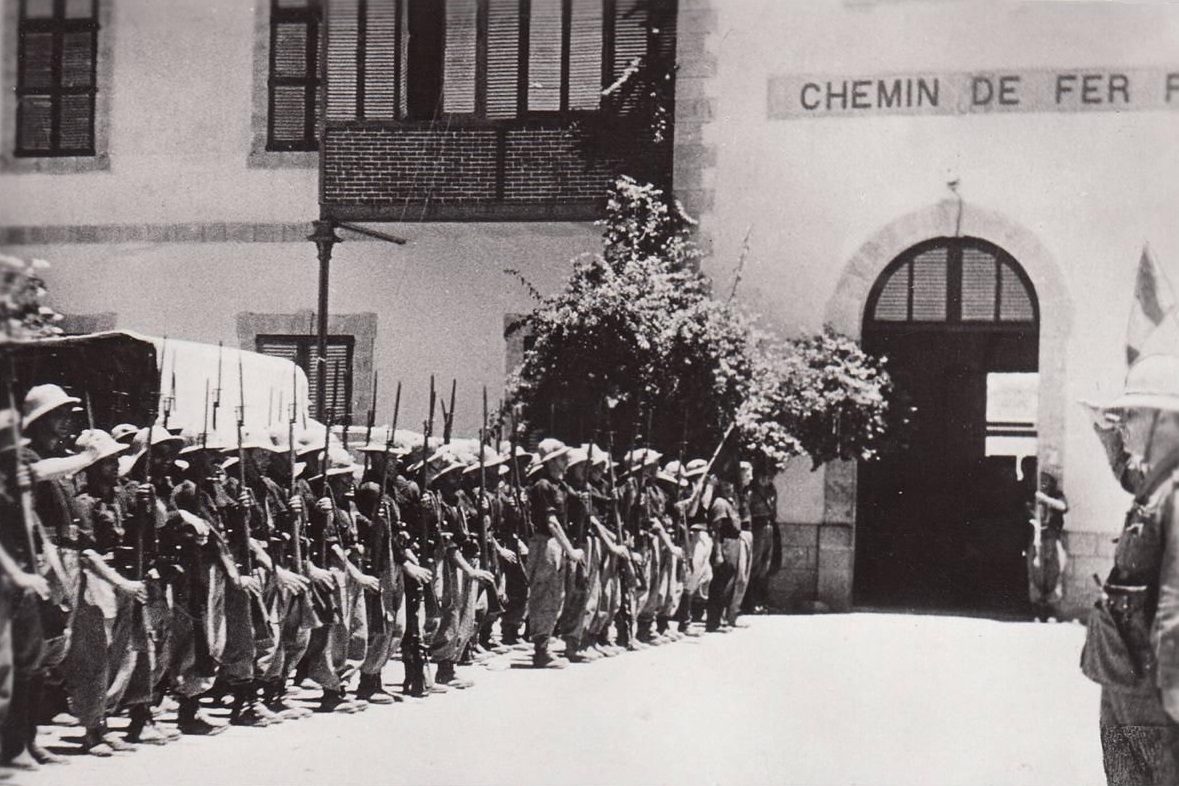
A Third Step: Ethiopia, 1935 | The Second World War
Meanwhile, the Italians struck in Ethiopia, where an independent state had precariously maintained itself largely because its imperial neighbors—Britain, France, and Italy—would neither agree to divide it nor let any one of the three swallow it whole.
-

A Second Step: German Rearmament, 1935-1936 | The Second World War
The next breach in the League’s structure was made by Germans-. In October 1933 Hitler withdrew from the League On March 16, 1935, he denounced the clauses of the Treaty of Versailles that limited German armaments and began openly rebuilding the German armed forces.
-
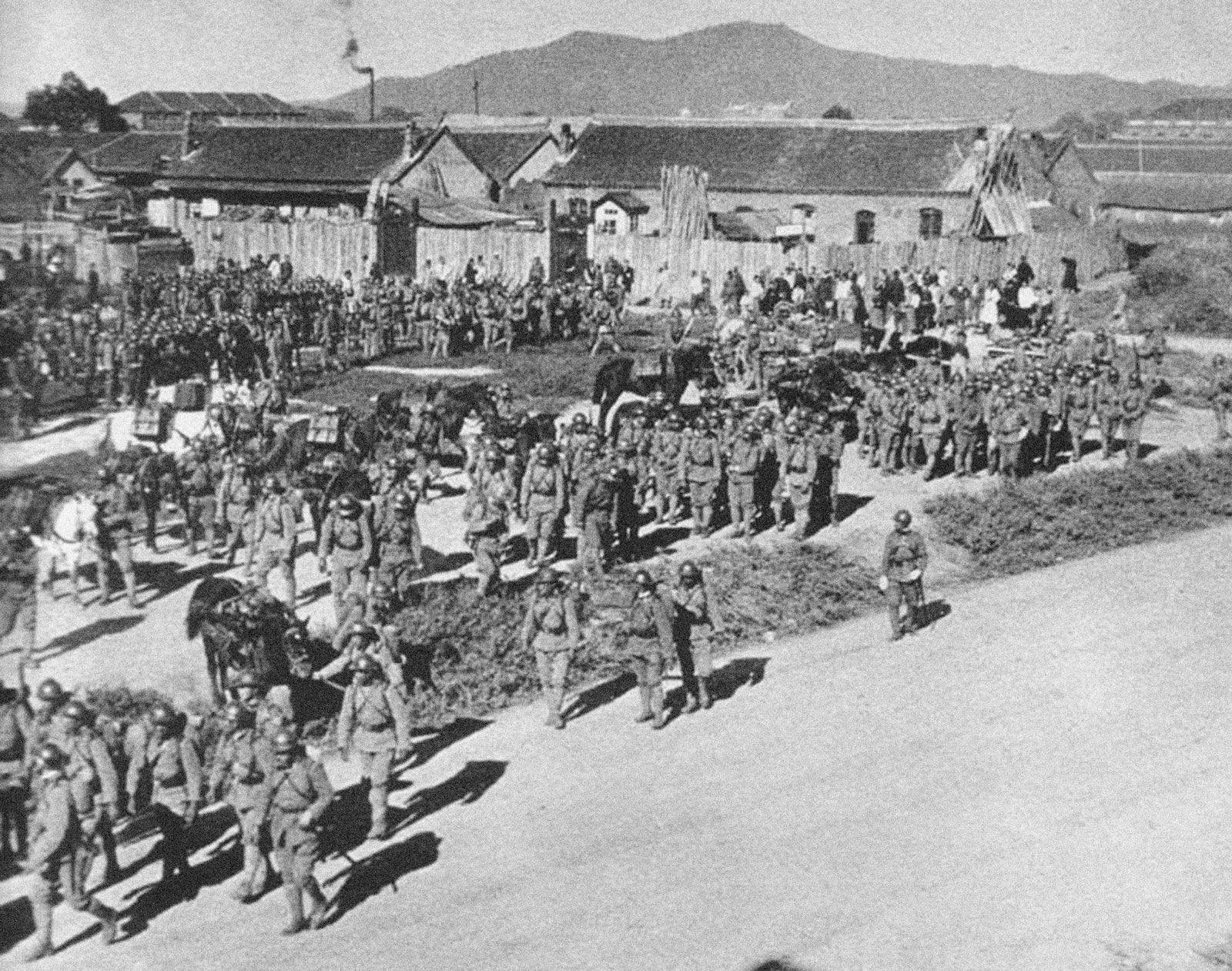
A First Step: Manchuria, 1931 | The Second World War
The first decisive step along the road to World War II was the Japanese seizure of Manchuria in 1931. Henry L. Stimson (1867-1950), President Hoover’s secretary of state, responded to the seizure by announcing that the United States would recognize no gains made by armed force. Stimson hoped that Britain and the other democracies might…
-
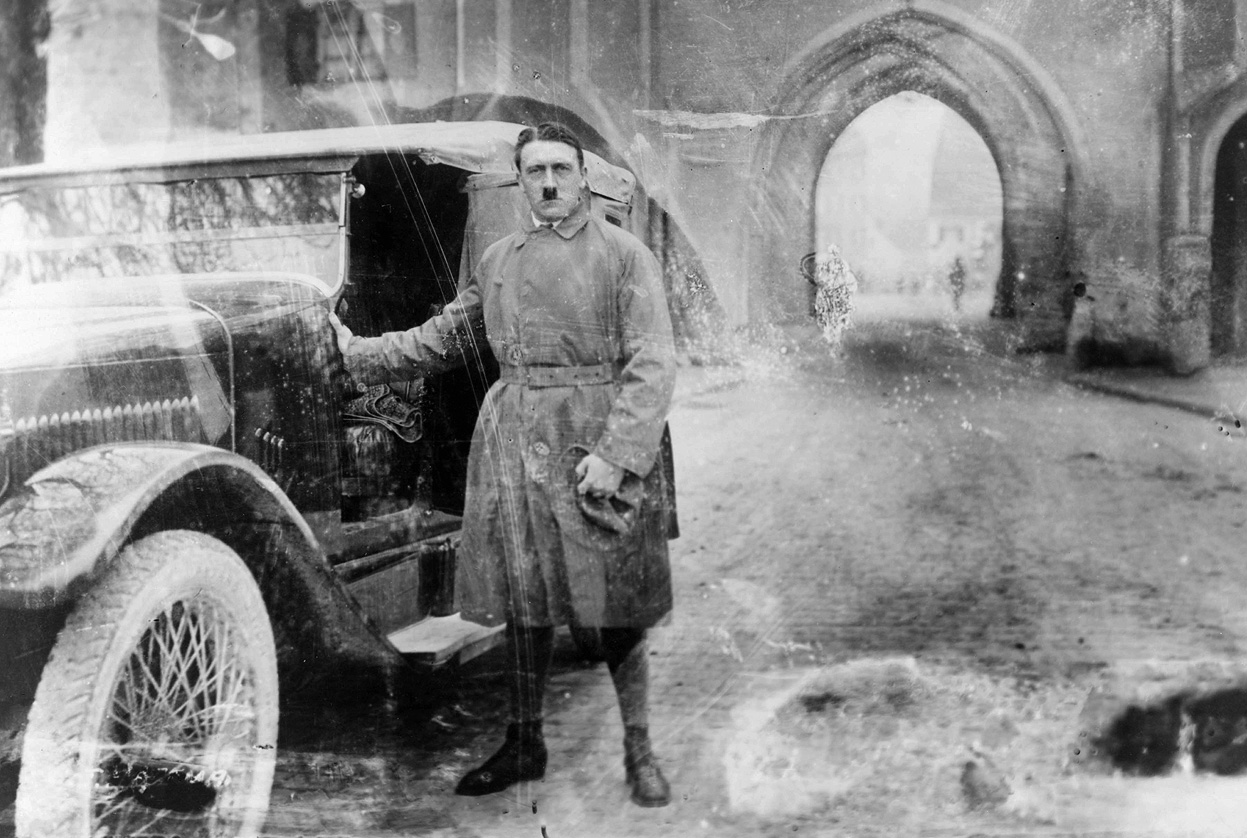
The Road to War, 1931-1939 | The Second World War
By the mid-1930s, many commentators believed that a second world war was inevitable. A series of interconnected events, in China and Ethiopia, in Germany, Austria, and Spain, and sometimes faltering responses by Britain, France, the United States, and other nations, brought full- scale war ever closer. Between 1931 and 1939, these events precipitated the world…
-

Soviet Foreign Policy Before World War Two | The Second World War
In 1919 Lenin founded the Third International, known thereafter as the Comintern. It summoned communists all over the world to unite against the “bourgeois cannibals” of capitalism. Gregory Zinoviev was put in charge, and his chief assistants were mainly Russians.
-
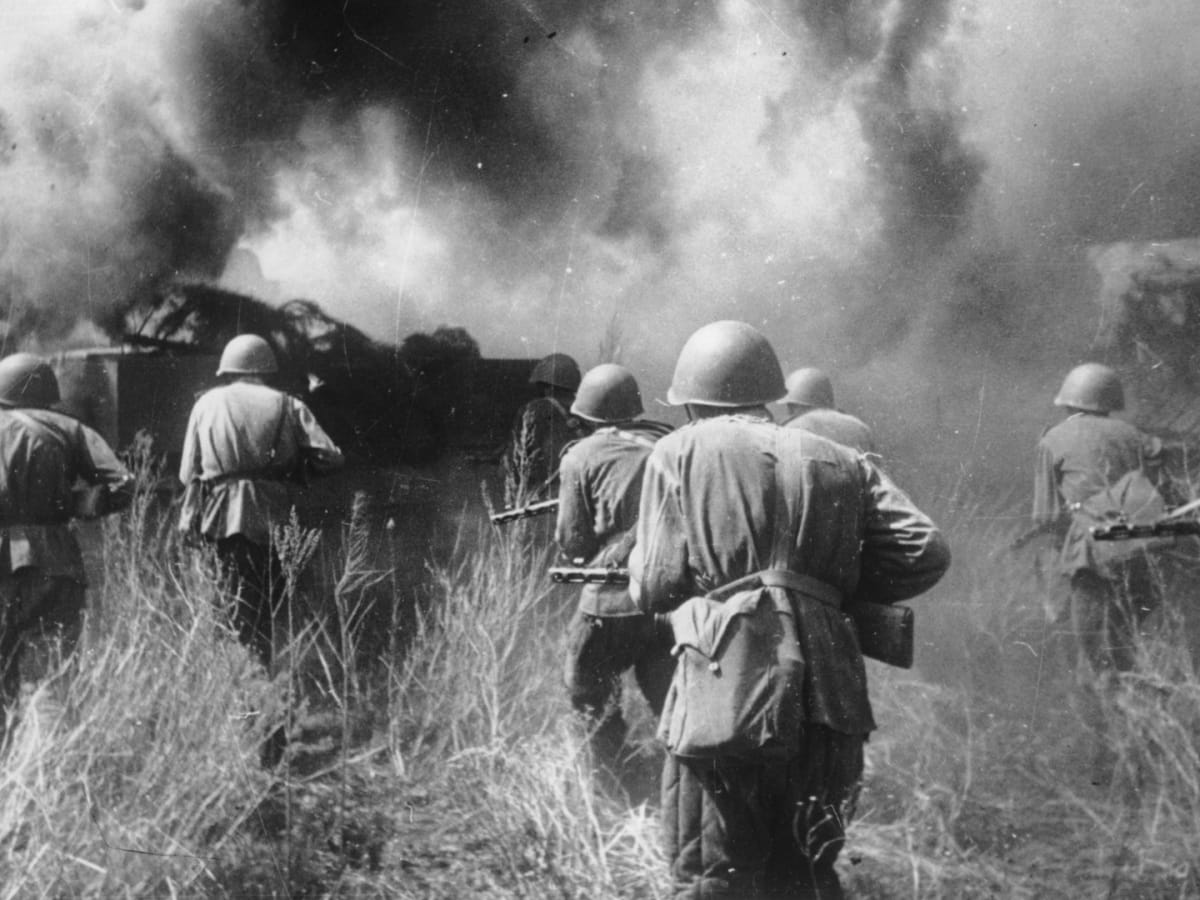
The West Between The Wars | The Second World War
What breaks down the argument that the iniquities of Versailles alone explain the Second World War is the so-called era of fulfillment. The landmark of this era was a series of treaties negotiated in 1925 at Locarno in Switzerland.
-
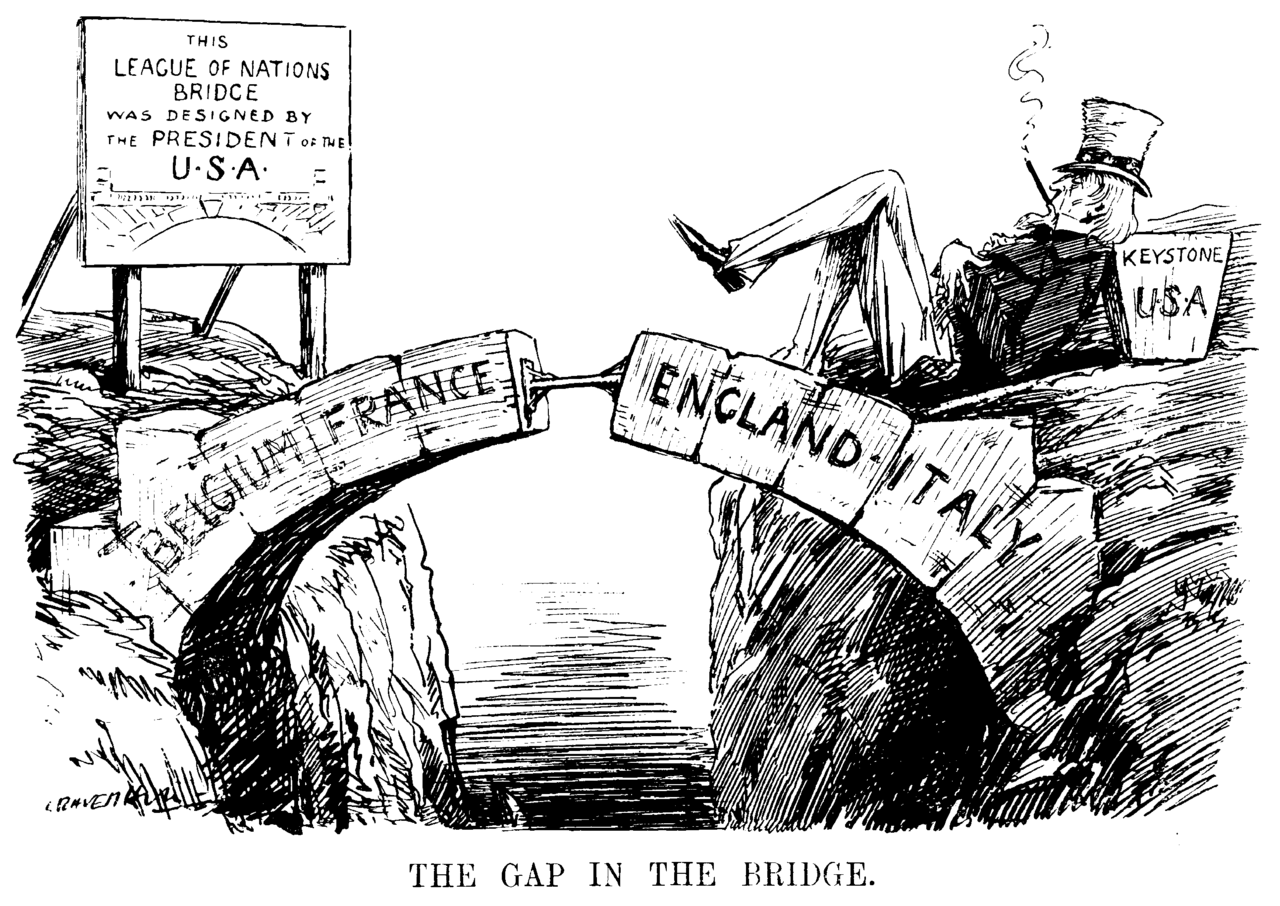
International Politics between the Wars | The Second World War
During the first part of the twenty years’ truce, international leadership of the democratic world rested with Britain and France. Though supported in principle and at times in practice by the United States, they were increasingly unable to stem the rise of powers hostile to their preferred form of government—Italy, Germany, the Soviet Union, Japan.…
-
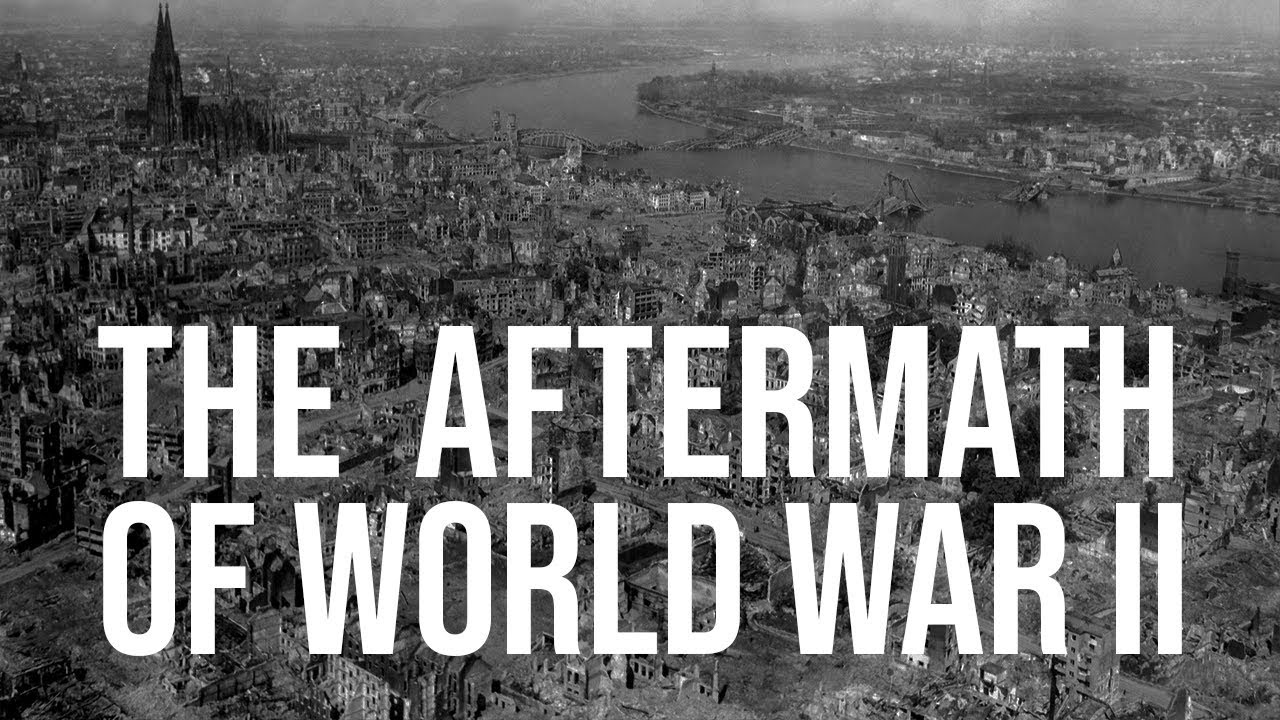
The Second World War and Its Aftermath
World War II was, in many ways, a result of the flawed peace settlement at Versailles, though other causes, such as the Great Depression, also played a role. The cold war following World War II was in some ways a continuation in another form of the war of 1939-1945, though it was also in part…
-
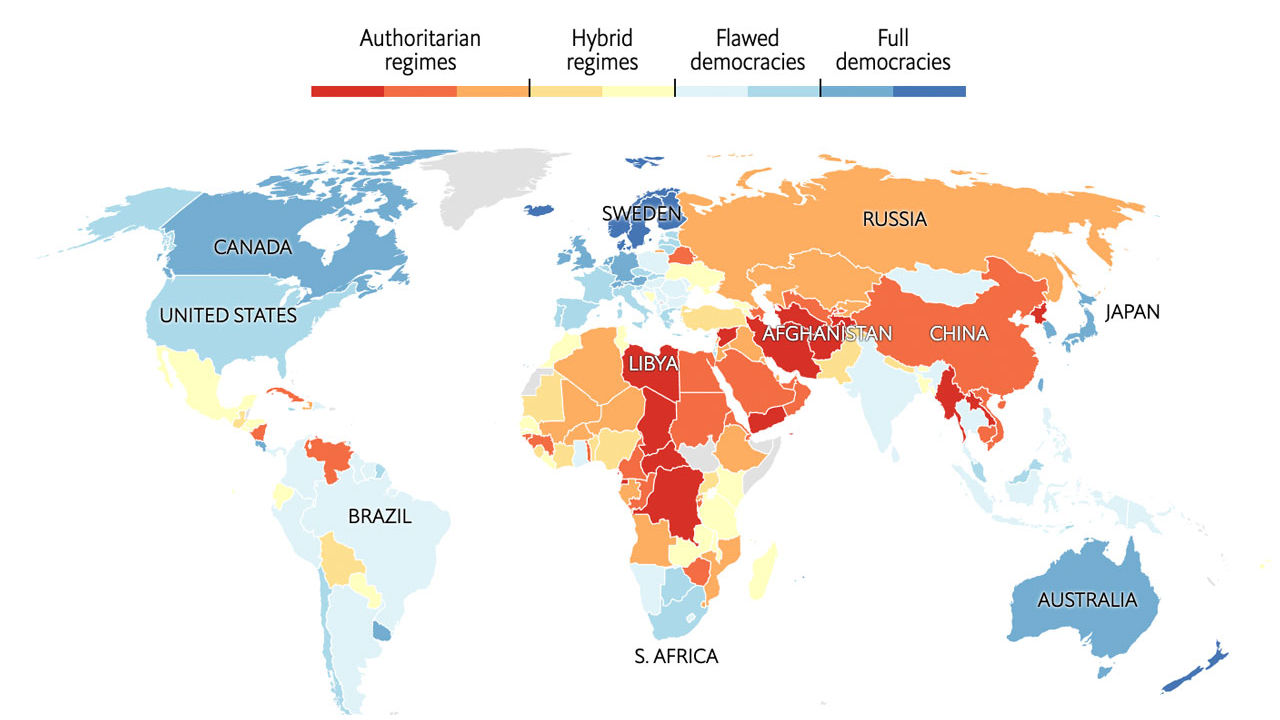
Summary | The Democracies and the Non-Western World
Great Britain was the first nation to suffer from the ills of postindustrial development. In the postwar period Conservatives wanted to preserve private industry and advocated protective tariffs against foreign competition. Labour called for nationalization of key industries. Political democratization continued in Britain with all men over age twenty-one receiving the vote. Women over age…
-

Naming and Nationalism
One aspect of both modernization and nationalism is to change names that have long been used in a way now regarded as derogatory, false, not properly indicative of the values of the new society, or simply out of date as new forms of transliteration replace old in the West.
-

Democracy at the Village Level
Mohandas Gandhi was in pursuit of Swaraj (independence), and he wrote of it often. In 1921 he sought to explain “the secret of Swaraj.” The householder has to revise his or her ideas of fashion and, at least for the time being, suspend the use of fine garments which are not always worn to cover…
-
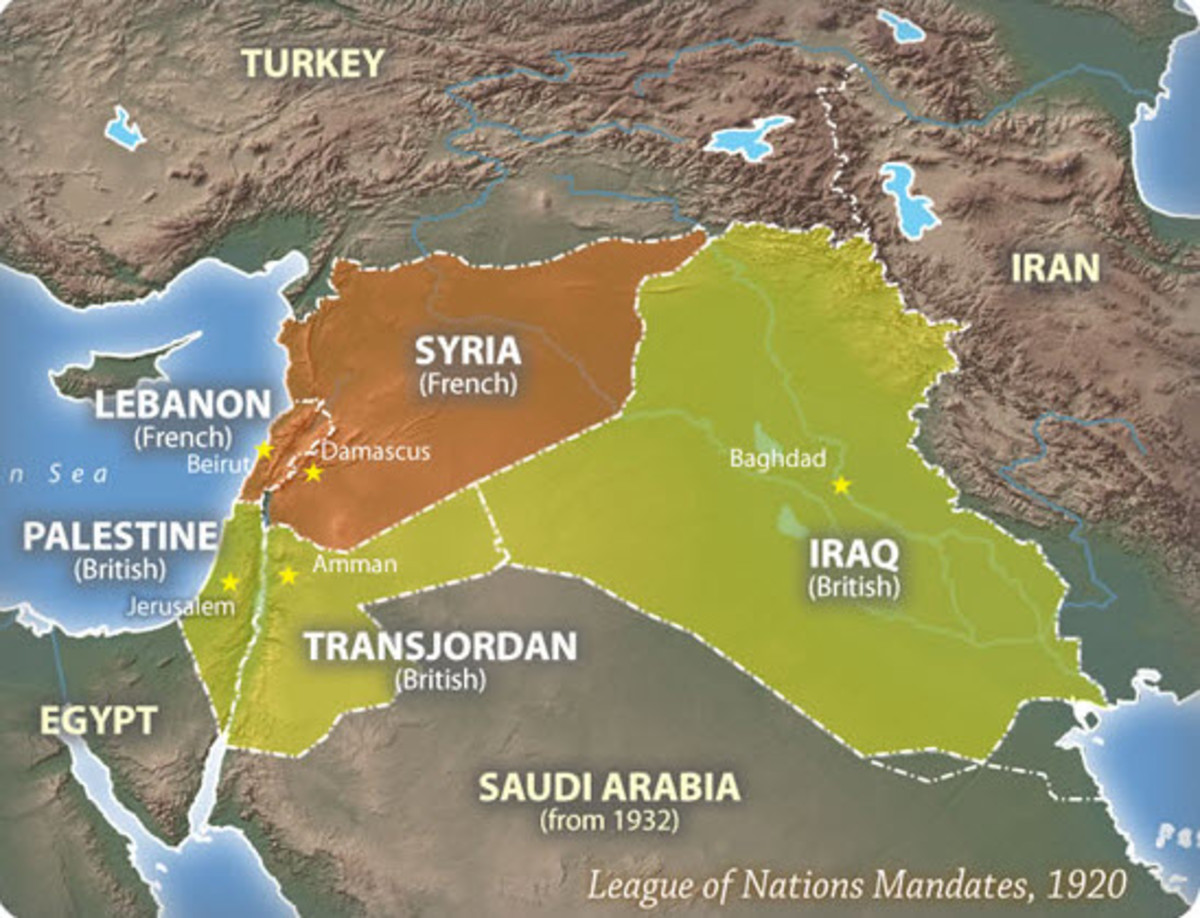
The Middle East After World War One | The Non-Western World
The European powers had a long history of attempts to secure an imperial stake in the Middle East. Before 1914 the region was still poverty stricken. But by 1914 the first discoveries of petroleum had been made; today the Middle East contains the richest nations in the world.
-
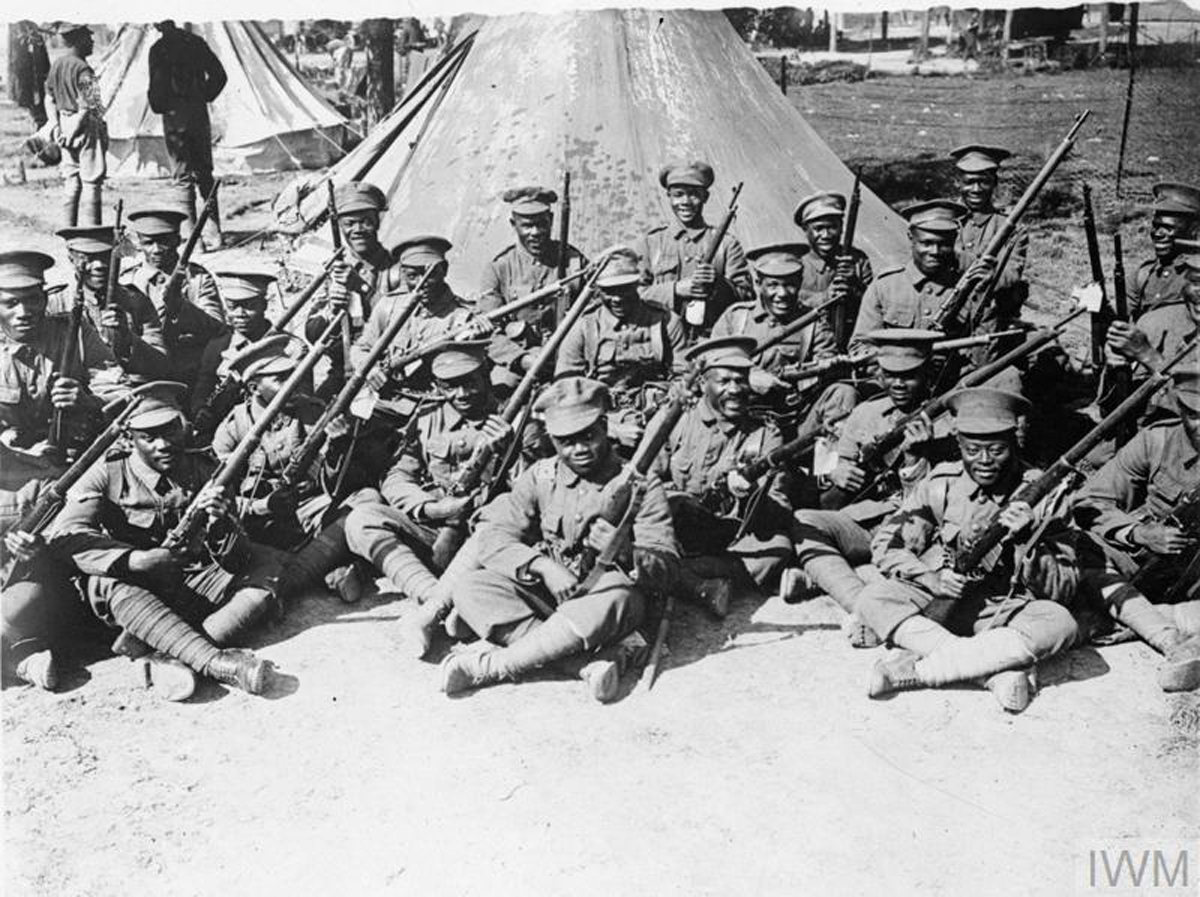
India After World War One | The Non-Western World
In India World War I had marked a crucial turning point. Indians, growing in numbers and educated in the Western tradition, responded to Allied propaganda in favor of the war to save the world for democracy. Monetary inflation and other war dislocations fostered growing agitation for self-government.
-
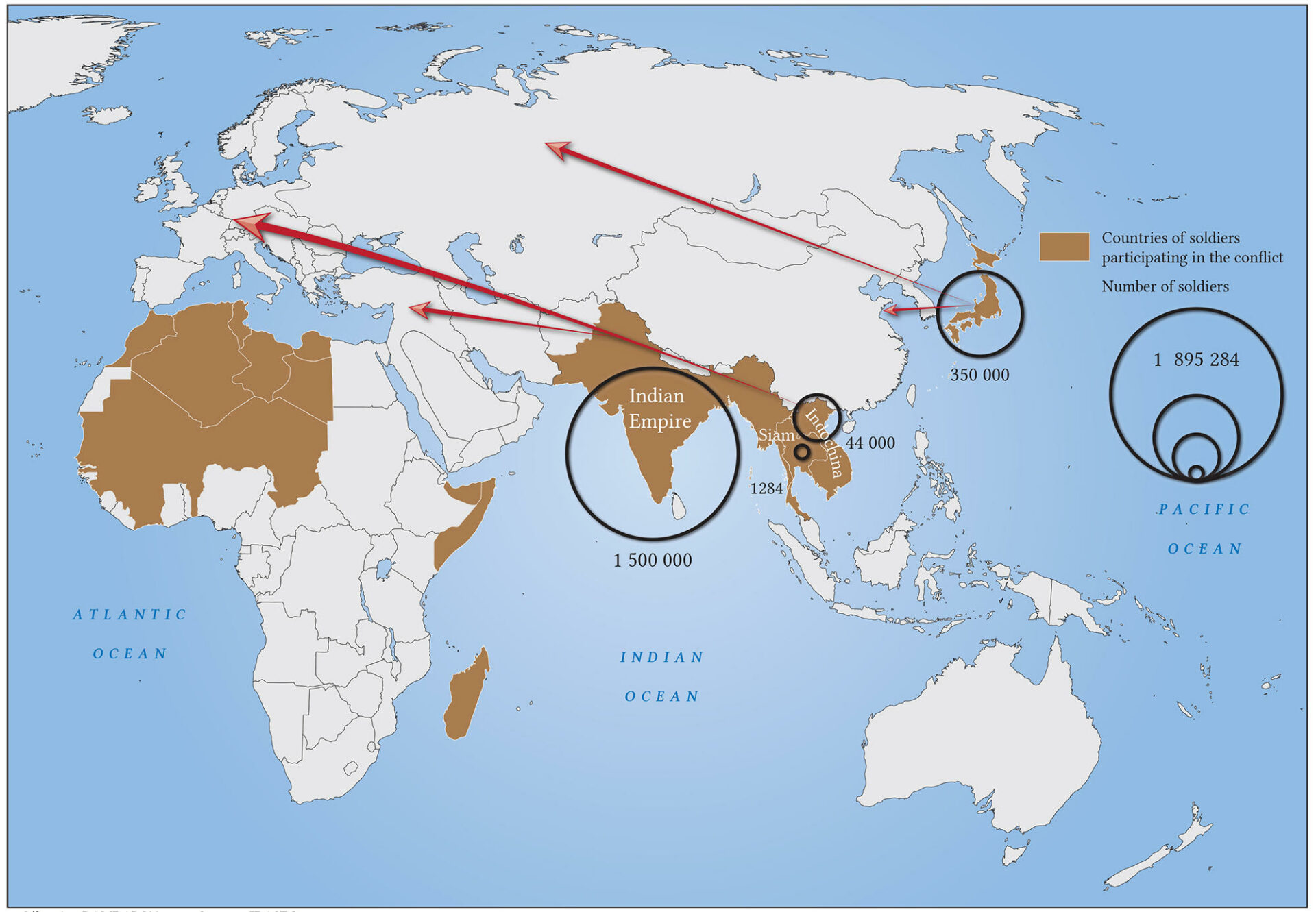
China After World War One | The Non-Western World
China, meantime, was engaged in a great struggle to free itself from the hold of the Western colonial powers. The struggle was much more than a simple conflict between nationalists and imperialists. It was complicated by two additional elements in particular—the increasing threat to Chinese independence from an expansionist Japan and increasing communist intervention in…
-
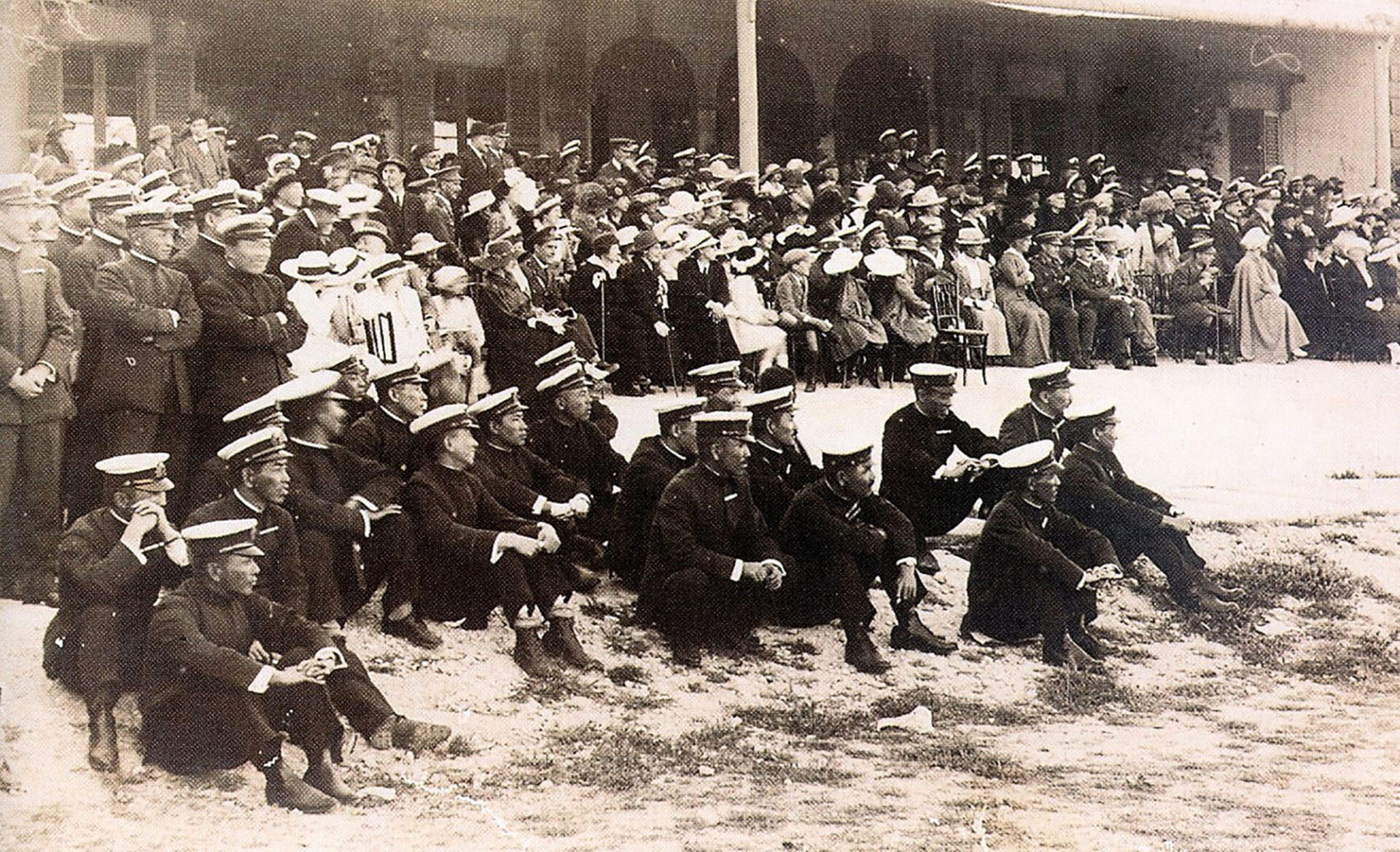
Japan After World War One | The Non-Western World
Alone among non-Western peoples, the Japanese maintained full political independence during the golden age of imperialism. More than that, as the twentieth century opened, Japan was experiencing the industrial revolution and advancing to the status of a great power, a full (if unwelcome) participant in the struggle for imperial position. Since the Japanese made these…
-
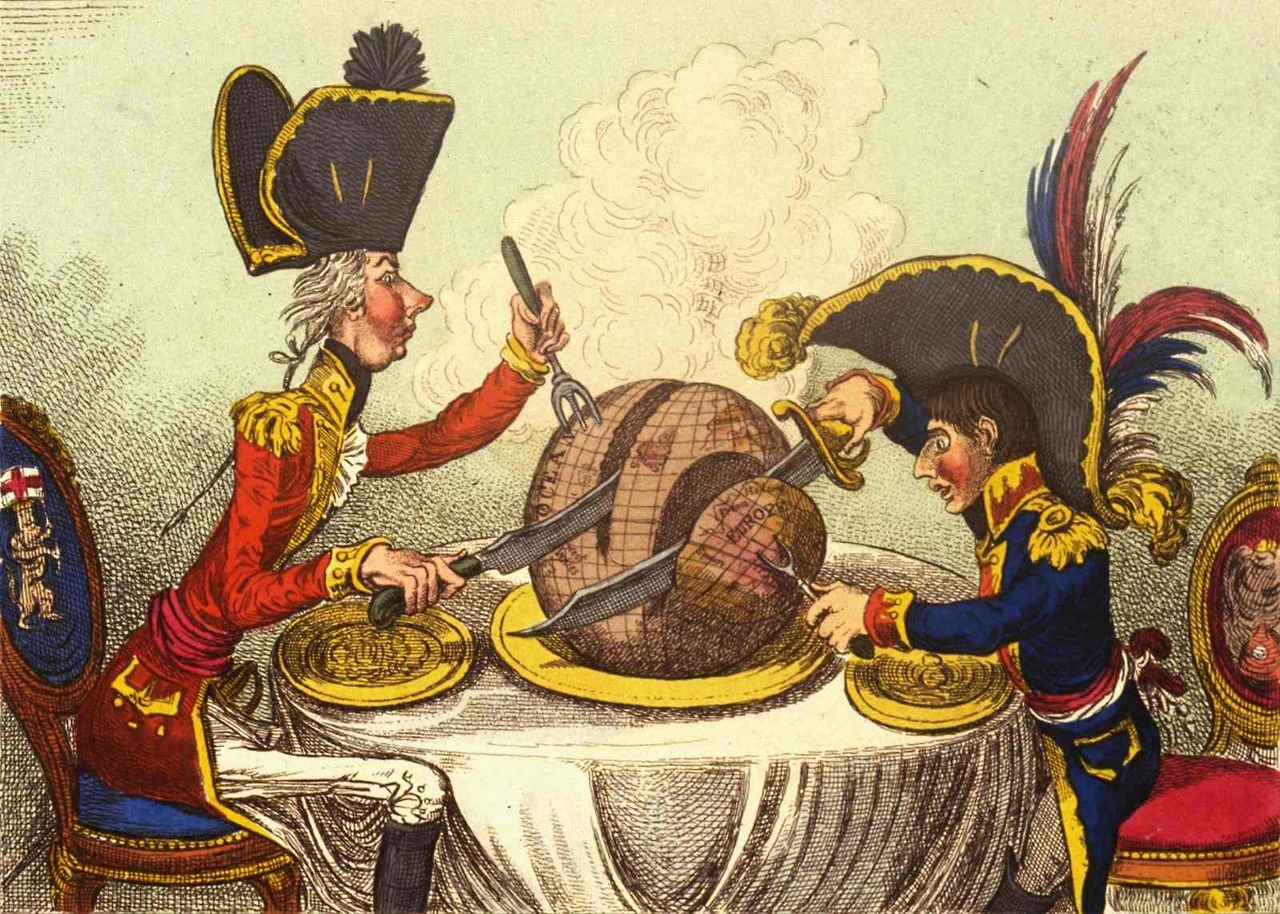
The Non-Western World And Western History
The interwar years were marked by a fundamental change in the relations between those nations associated with “Western civilization” and the nations and peoples of Asia and the Middle East, and to a lesser extent, of Africa. Though virtually the whole of the world had been brought into the European and American orbits during the…
-
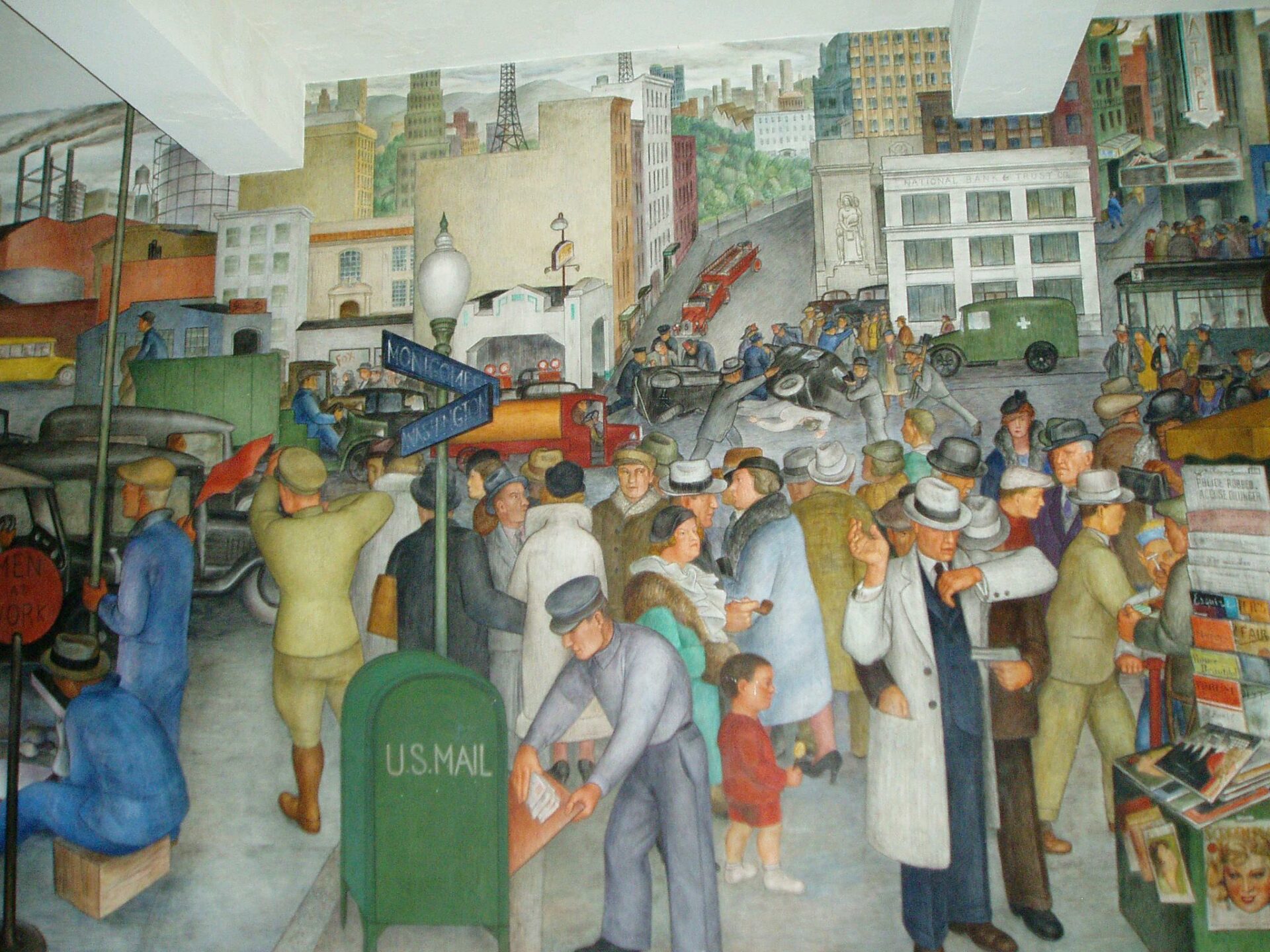
The New Deal In America, 1933-1941 | The Democracies
Victory seemed to give the Democrats a clear mandate to marshal the resources of the federal government against the depression. Franklin Roosevelt took office on March 4, 1933, during a financial crisis that had closed banks all over the country. He at once summoned Congress to an emergency session and declared a bank holiday.
-
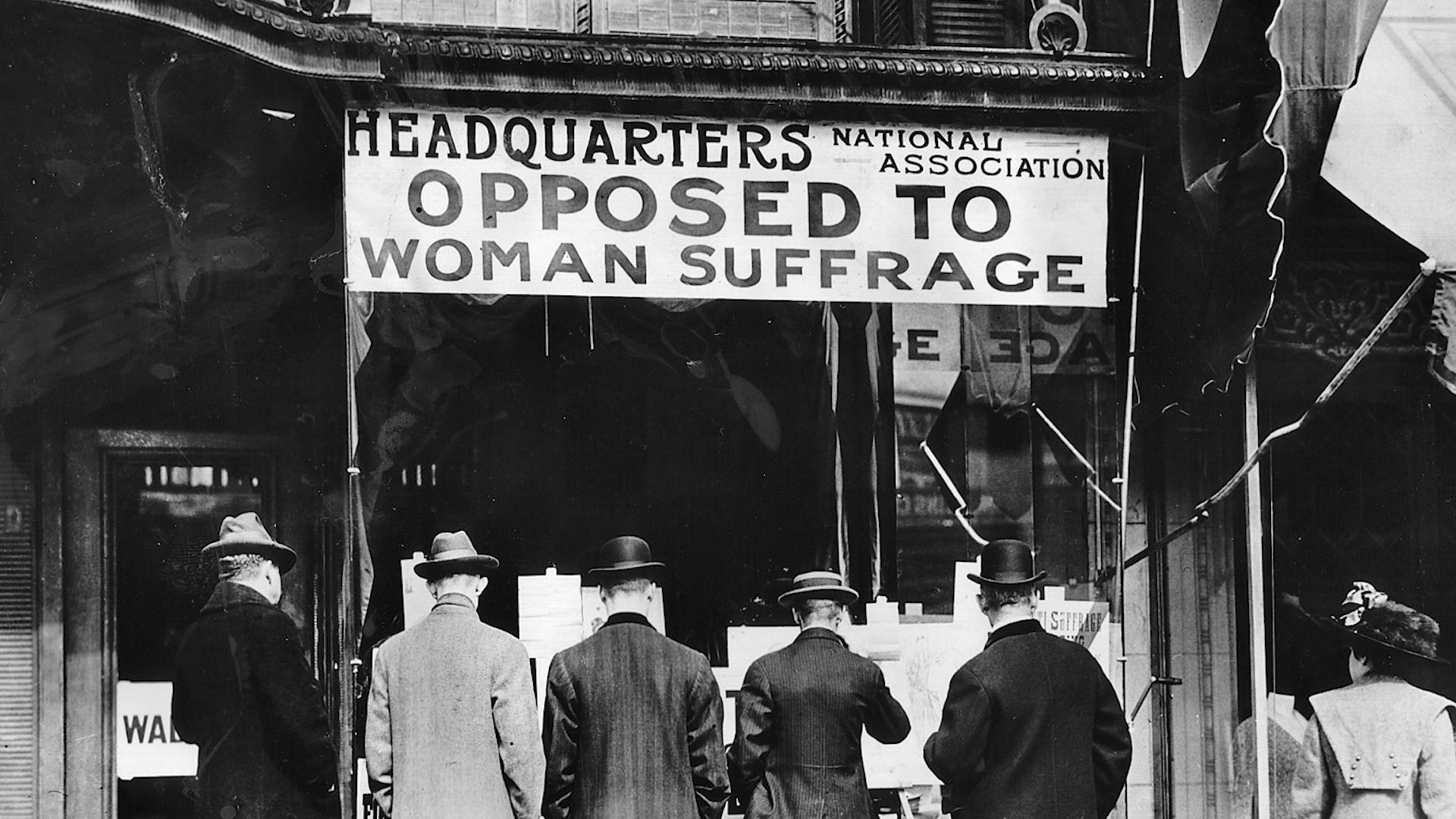
Why Women Shouldn’t Be Allowed to Vote
At the height of the movement to gain the vote for women in the United States, Alice Duer Miller (1874-1942), an author and a feminist, compiled a list of all the reasons that were being given in newspaper editorials, by politicians, and in public debate, against allowing women to vote. Noting that the arguments were…
-

The Great Depression In America, 1923-1933 | The Democracies
In domestic affairs, the 1920s were a time of frantic prosperity for the many who played the stock market. These were the years of Prohibition, of the speakeasy and the bootlegger, when the American media—newspapers, magazines, radio, and motion pictures—gave the impression that the entire nation was absorbed by short skirts, loosened sexual mores, new…
-
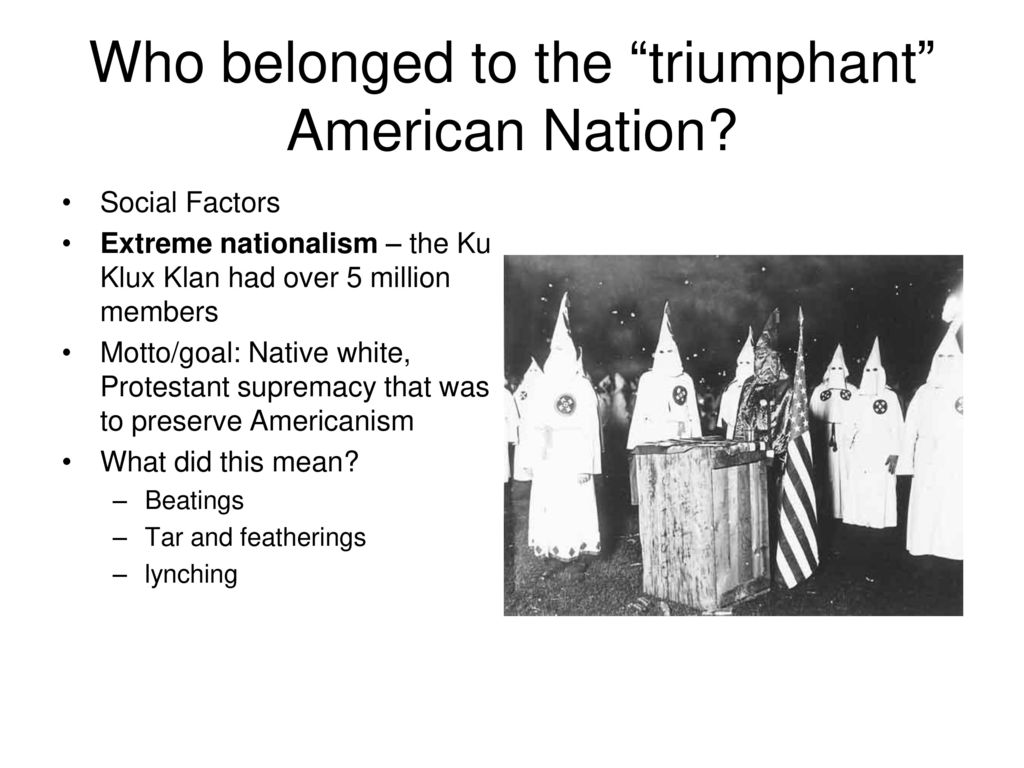
American Isolationism and Internationalism, 1920-1933 | The Democracies
American revulsion against war also took the form of isolationism, the wish to withdraw from international politics outside the Western Hemisphere. The country was swept by a wave of desire to get back to “normalcy,” as President Warren Harding phrased it.
-

The United States After World War One | The Democracies
Neither the human nor the material losses of the United States in World War I were at all comparable with those of Britain and France. American casualties were 115,000 dead and 206,000 wounded; the comparable French figures were 1,385,000 dead and 3,044,000 wounded in a population one-third as large. Moreover, in purely material terms, the…
-
The Popular Front In France, 1936-1937 | The Democracies
Once more, however, as in the time of Dreyfus, the republican forces rallied to meet the threat, and once more, after the crisis had been surmounted, France moved to the left.
-
Social and Political Tensions In France, 1928-1936 | The Democracies
During World War I the French had temporarily put aside the great political and social conflict they had inherited from 1789. After the war the “sacred union” of political parties that had carried France through the struggle soon dissolved, and the traditional conflict was resumed.
-
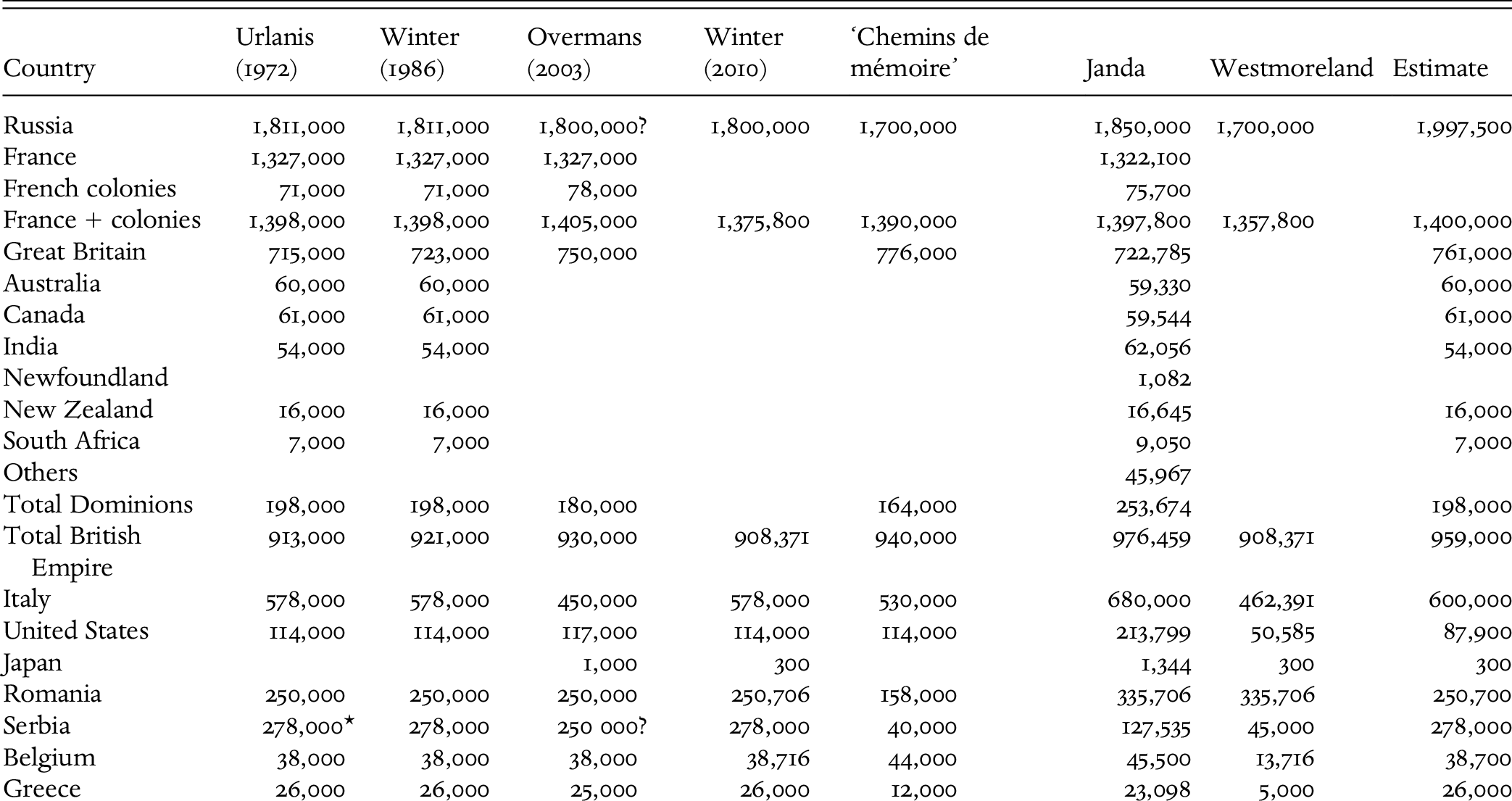
The Impact of World War One In France, 1918-1928 | The Democracies
France wanted revenge on Germany in every possible way. The French tried to extract reparations to the last possible sum, undeterred by the arguments of economists that Germany could not pay. But France insisted even more on keeping Germany isolated in international relations and without the physical means to wage war.
-

France After World War One | The Democracies
In France both World War I and the postwar difficulties caused even more serious dislocation than they did in Britain. France had lost proportionately more in human lives and in material damage than had any other major belligerent. Two million Frenchmen in the prime of life were either killed or so seriously mutilated as to…
-
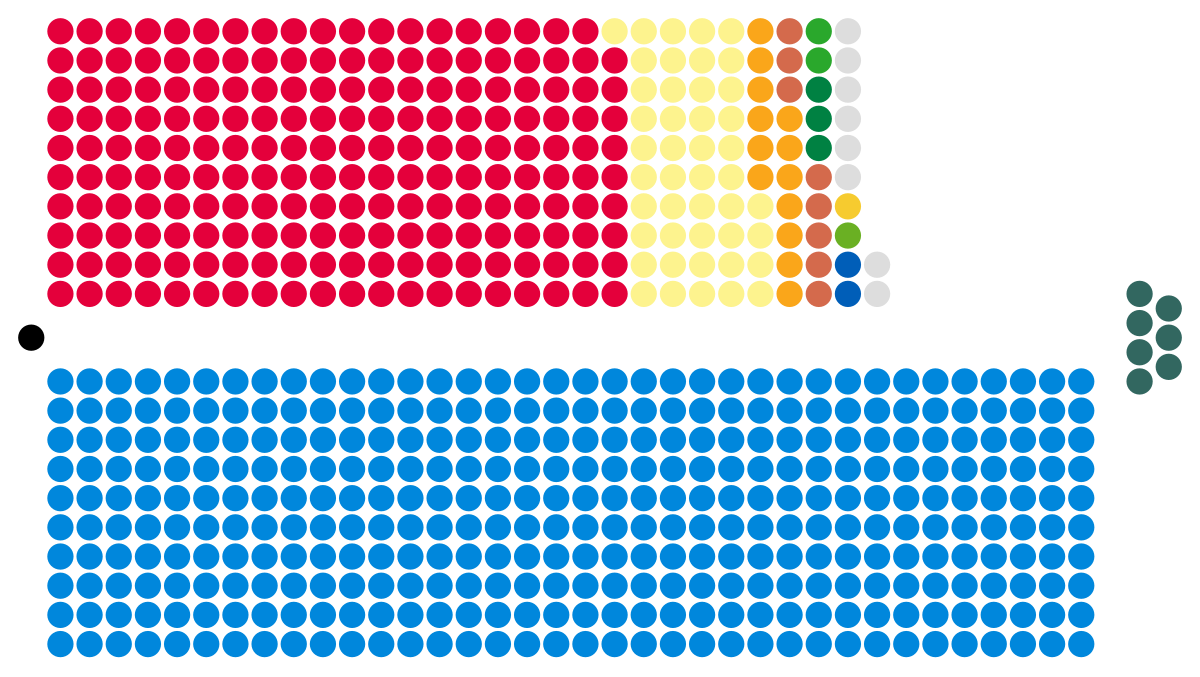
The British Commonwealth, 1931-1939 | The Democracies
Constitutional recognition of the essential independence of the dominions seemed to make them more loyal. The status acquired by the dominions with the Statute of Westminster in 1931 was symbolized by a change in terminology. They were no longer to be considered parts of the British Empire, but free members of the British Commonwealth of…
-
The Irish Question, 1916-1949 | The Democracies
The years between the wars were of great importance for Ireland. In 1916 the British put down the Easter rebellion with grim determination, creating nearly a hundred Irish political martyrs. The British government did not dare extend conscription to Ireland until April 1918, and that attempt led Irish nationalists to boycott the British Parliament. The…
-
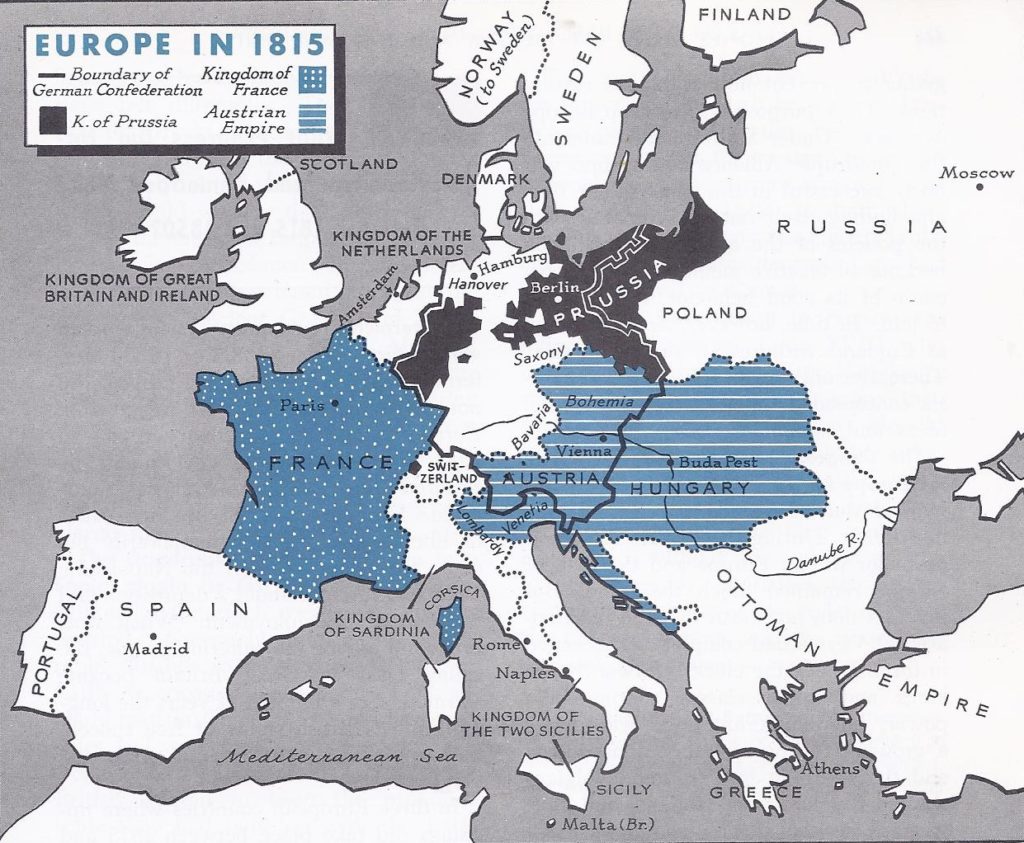
Politics between the Wars In Great Britain, 1918-1936 | The Democracies
Neither the Conservatives nor the Labourites were able to carry out their full platforms. The Conservatives were frustrated by the refusal of the Commonwealth countries to go any further than to accept certain limited imperial preferences.
-
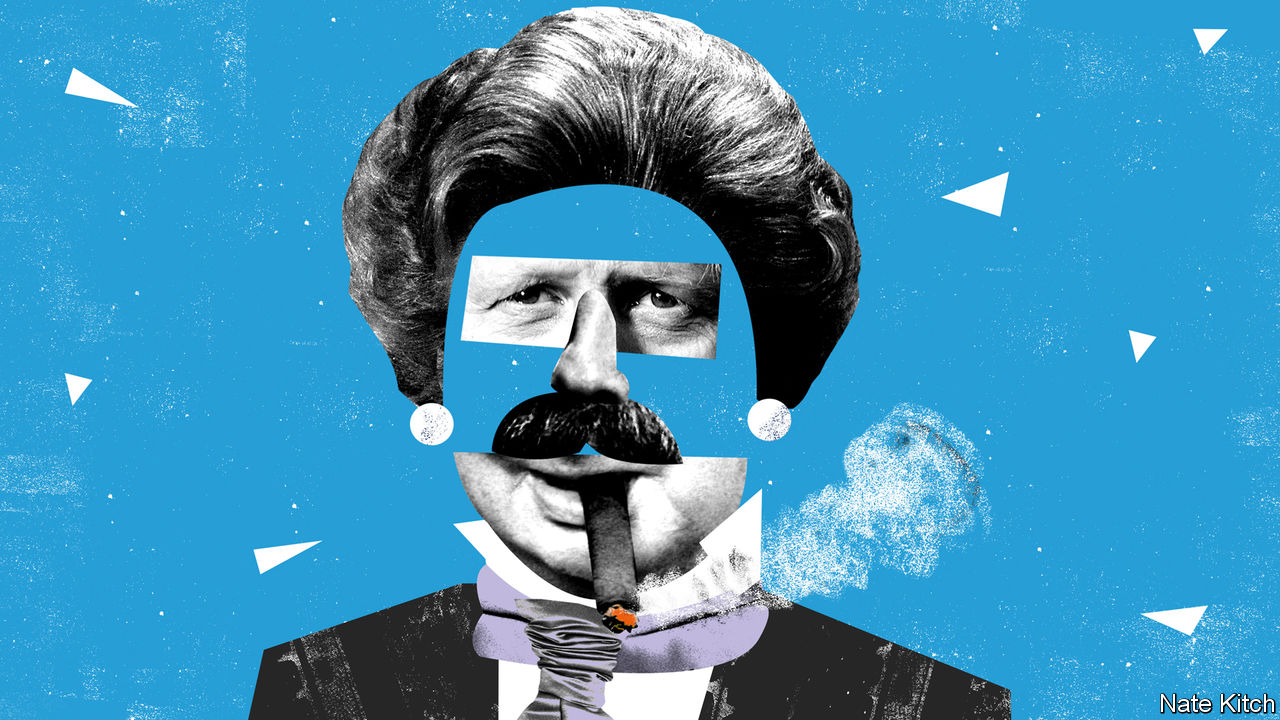
The Conservative and Labour Programs In Great Britain | The Democracies
Against the background of economic depression, British domestic politics during the twenty years’ truce continued to display a fairly clear class basis. The Conservatives, still often called Tories, tended to get the support of aristocrats and of middle-class people, who generally wanted to attack new problems with traditional methods and with a minimum of government…
-
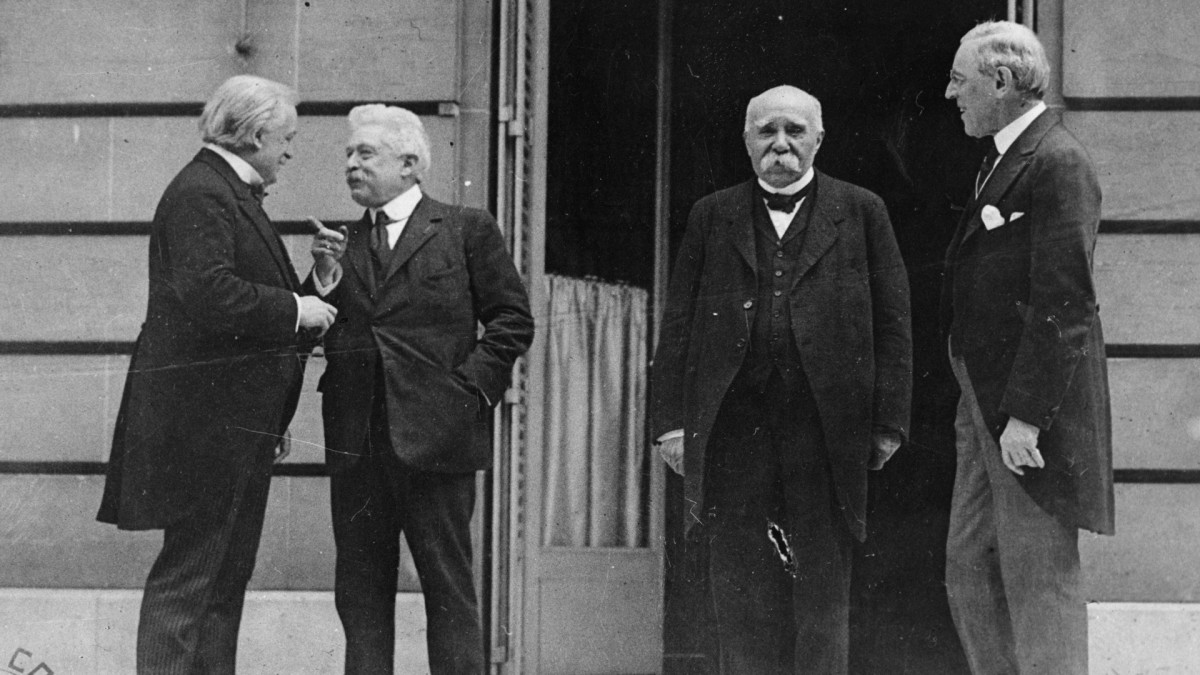
The Postwar Economic Crisis In Great Britain, to 1921 | The Democracies
Besides tragic human losses from the war, Great Britain’s economic losses were grave. The national debt after the war was ten times that of 1914. Many British investments abroad had been liquidated to purchase food and war materials. Forty percent of the great British merchant fleet had been destroyed by enemy action.
-
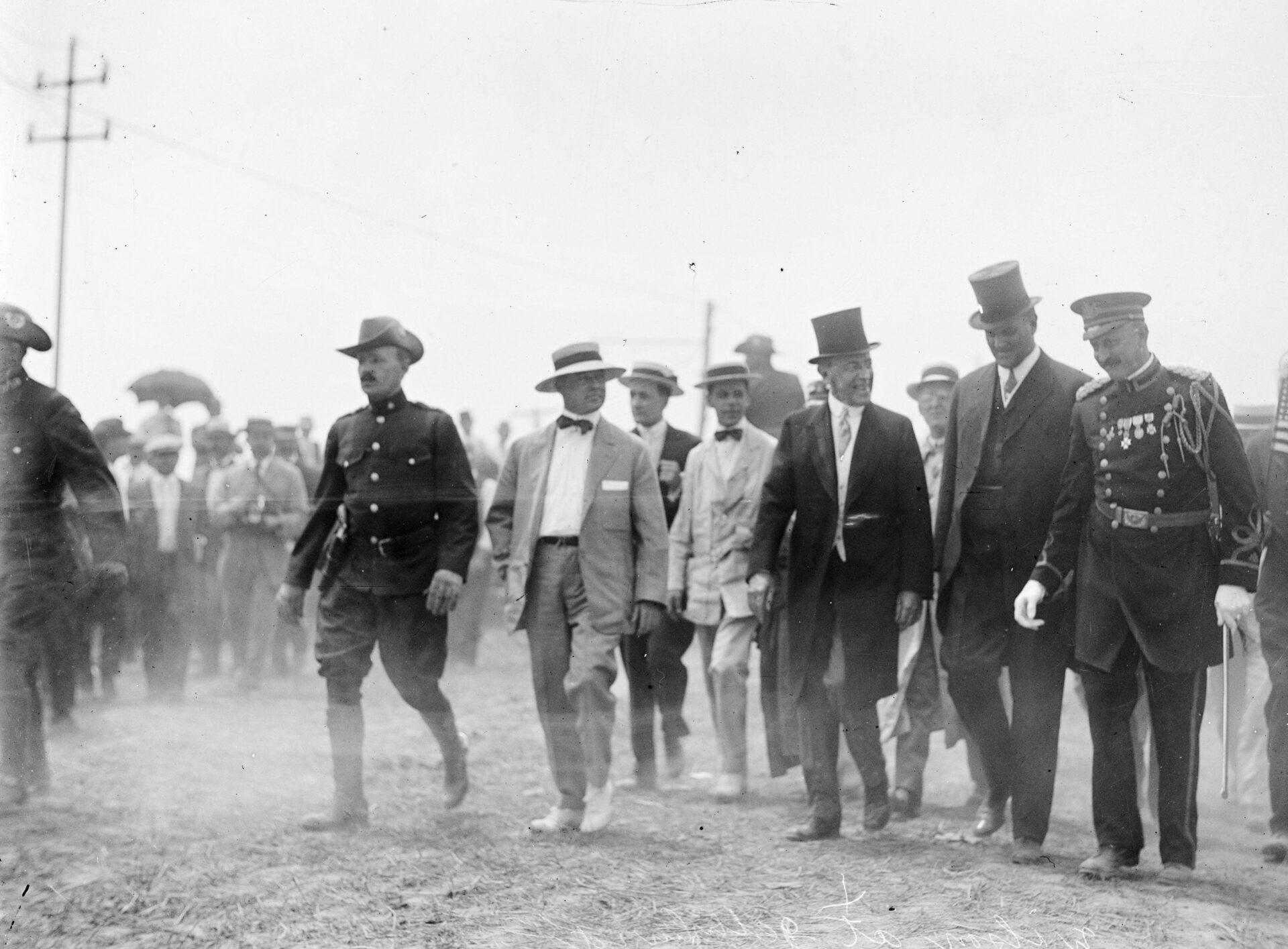
Great Britain After World War One | The Democracies
Though on the winning side in World War I, Britain staggered from economic crisis to crisis. Immigration inward was steadily offset by emigration outward, especially to North America. Despite efforts to recover, the steam had left the British economy, which grew at half its prewar rate.
-

The Democracies and the Non-Western World
Idealists like President Wilson HAD expected that the collapse of the Romanov, Habsburg, and Hohenzollern empires would automatically ensure an increase in the number of democratic states. But, instead, much of Europe came under regimes that were hostile to liberal democracy. In the 1920s and 1930s the core of democracy remained the great North Atlantic…
-
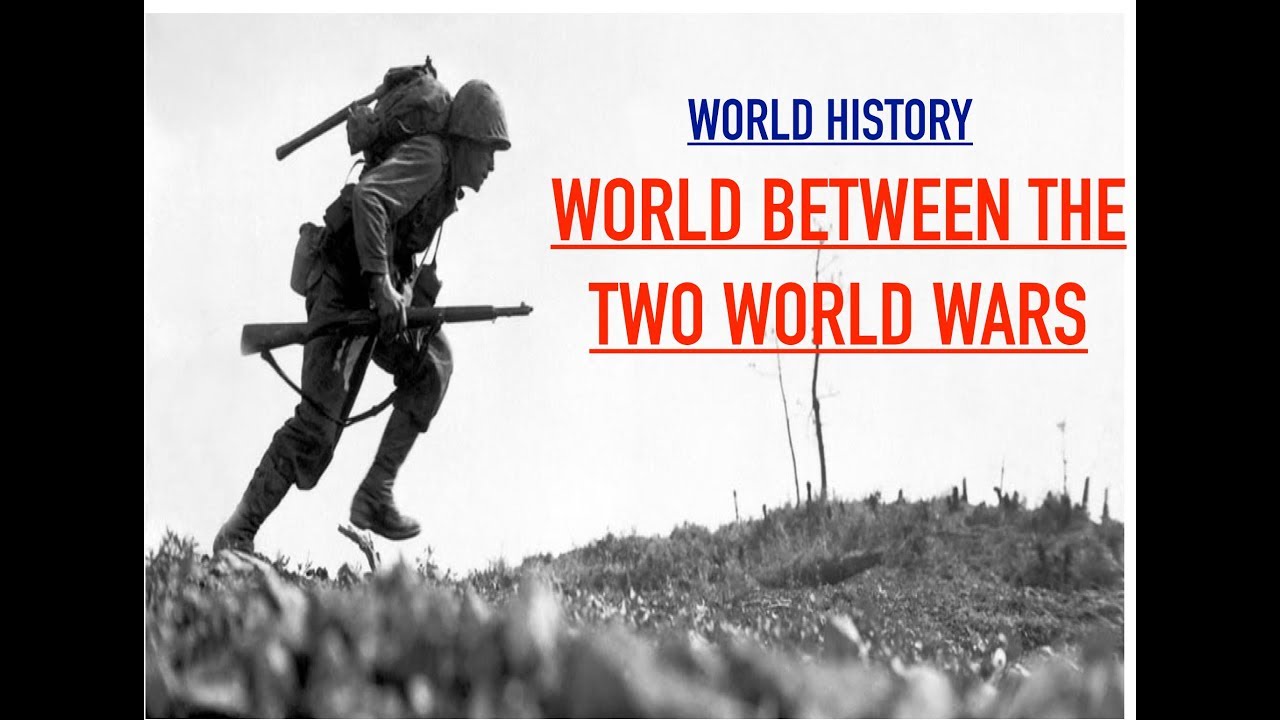
Summary | Between The World Wars
The period from 1919 to 1939 was marked by the success of movements to the right. Although these movements were products of different societies, they had features in common: disillusionment with democracy for its failure to provide stability, aggressive nationalism, a sense of grievance, totalitarian government, and racism.
-
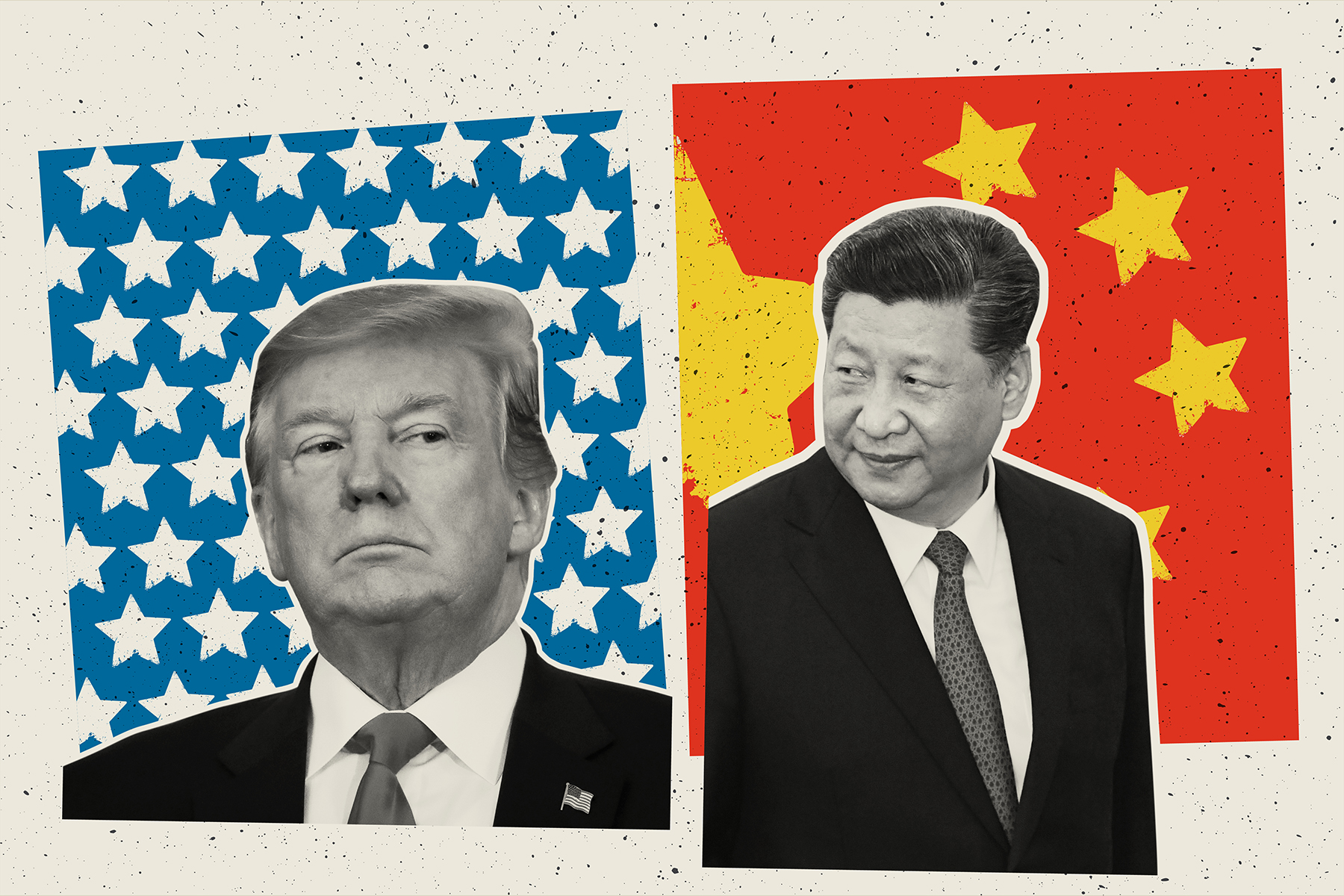
The Soviet Authoritarian State, 1931-1943 | Between The World Wars
Stalin’s program was not achieved without opposition. The crisis of 1931 and 1932, when industrial goals were not being met and starvation swept the countryside, created discontent inside the regime as well as outside. A few officials circulated memoranda advocating Stalin’s removal as general secretary, an act that the party had the right to perform.…
-
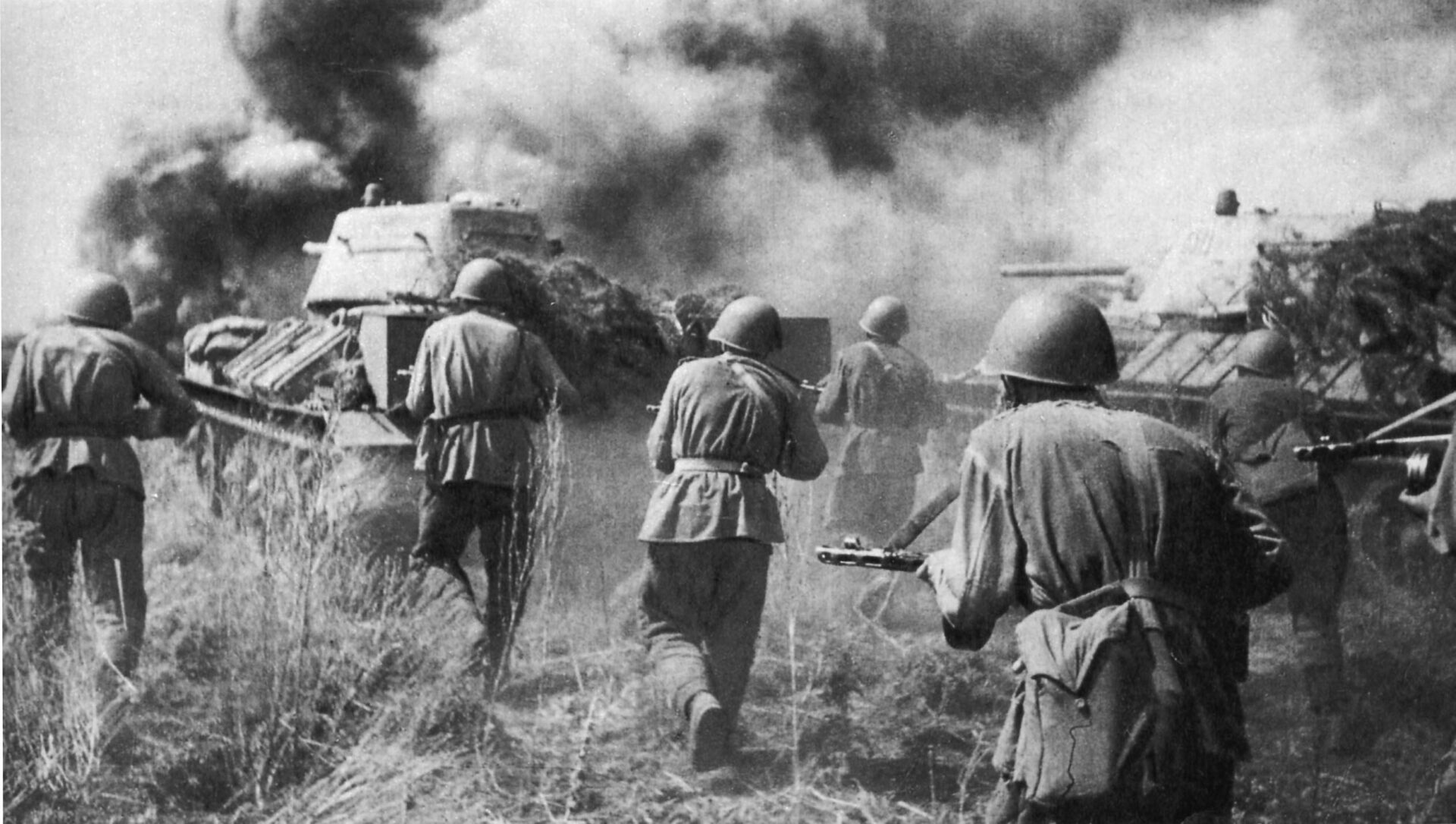
Mobilizing the Soviet Nation, 1928-1940 | Between The World Wars
The Communist party congress also ended NEP and proclaimed that the new “socialist offensive” would begin in 1928. The twelve years between 1928 and 1940 were to see massive changes in Russian life—collectivized agriculture, rapid industrialization, forced labor, great purges, the extermination of all political opposition, the building of an authoritarian state apparatus, and a…
-
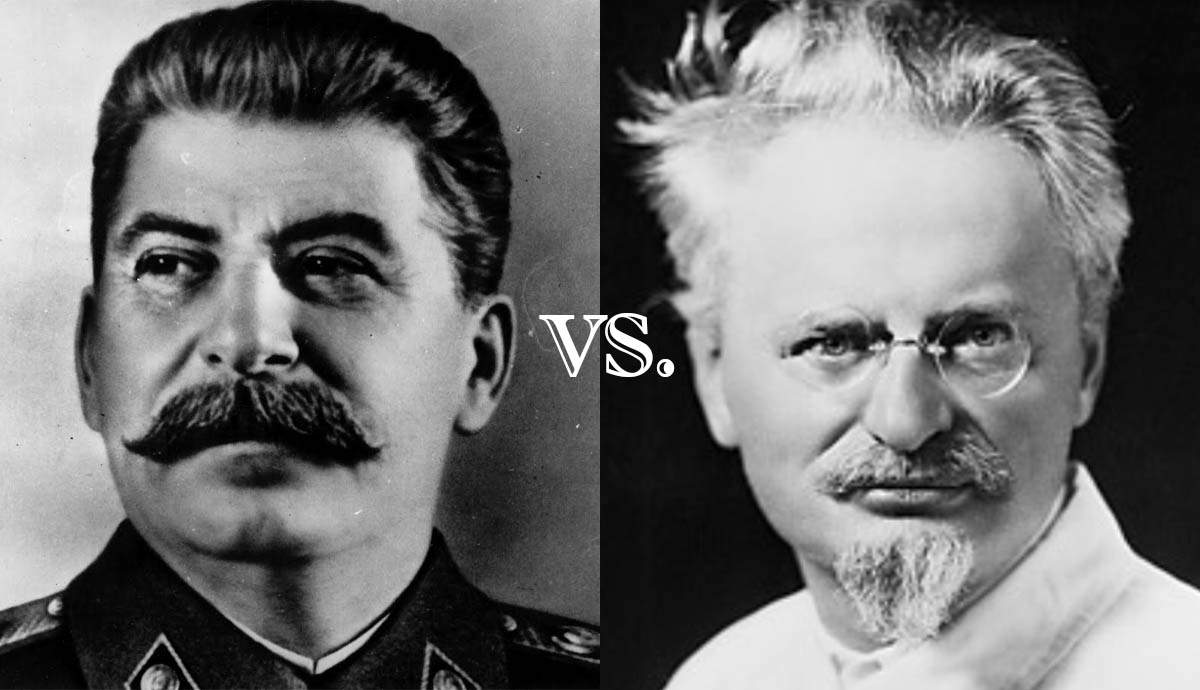
The Struggle for Power: Stalin against Trotsky, 1921-1927 | Between The World Wars
Lenin died in January 1924. During the last two years of his life, he played an ever-lessening role. Involved in the controversy over NEP was also the question of succession to Lenin. Thus an answer to the questions of how to organize industry, what role to give organized labor, and what relations to maintain with…
-

Authoritarianism in The Soviet Union | Between The World Wars
During the twenty-year crisis between the wars, an already authoritarian government in the Soviet Union became a virtual dictatorship, though one of the left rather than the right. From 1914 Russia had been in turmoil. By 1921, with the end of civil war, industry and agriculture were crippled, distribution was near a breakdown, and the…
-
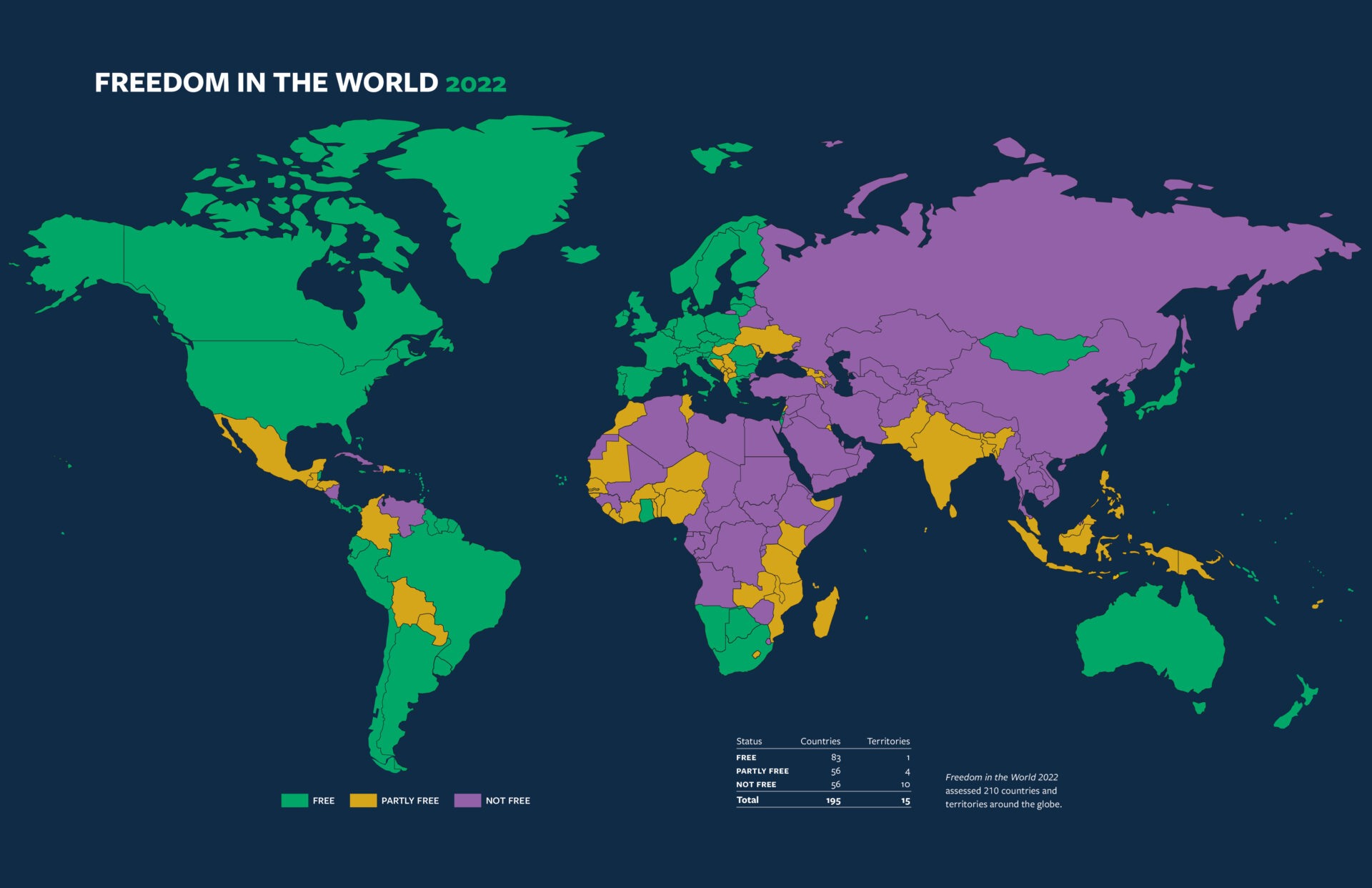
Other Authoritarian Regimes in Europe | Between The World Wars
In Poland Marshal Josef Pilsudski led a military coup against the democratic government on May 11, 1926, and headed a military dictatorship that became ever more authoritarian.
-

Yugoslavia | Between The World Wars
In the new kingdom of the Serbs, Croats, and Slovenes, proclaimed in December 1918, there came together for the first time in one state the former south-Slav subjects of Austria and Hungary with those of the former kingdom of Serbia. This was in most respects a satisfactory state from the territorial point of view; revisionism…
-
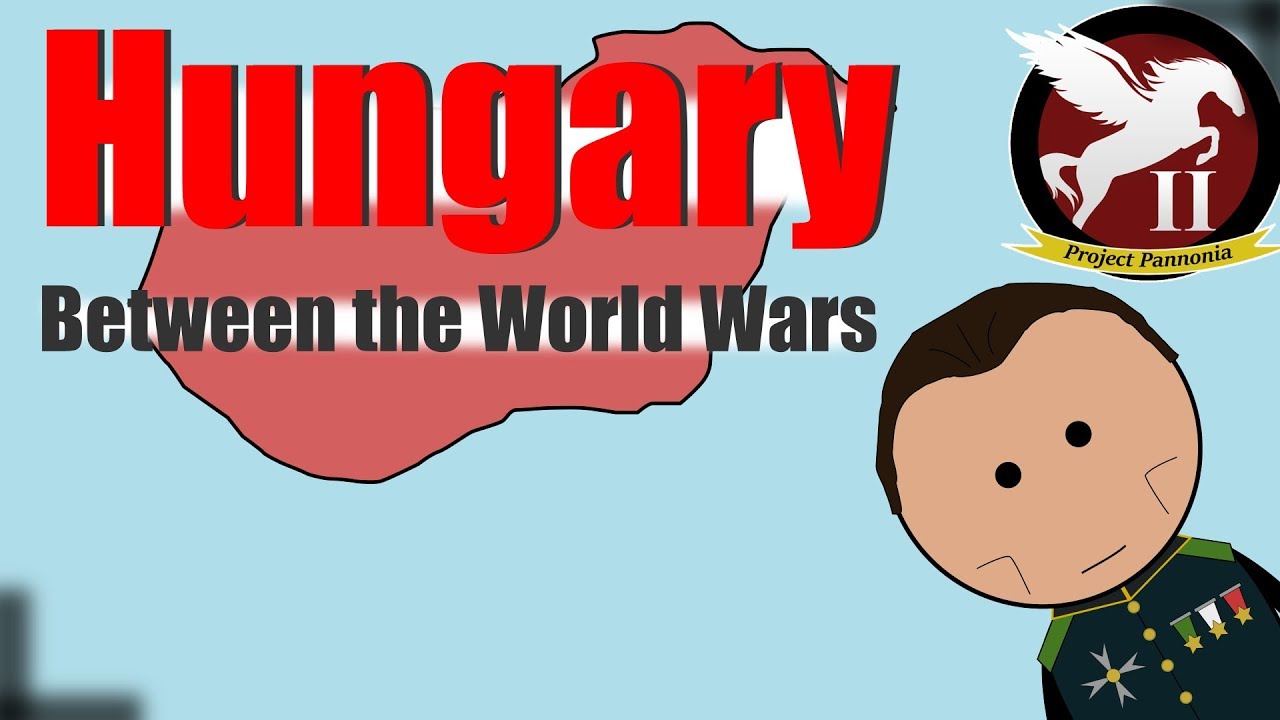
Hungary | Between The World Wars
On October 31, 1918, eleven days before the armistice, Count Michael Karolyi (1895-1955) became prime minister of Hungary, after that country had severed its ties with Austria. One of the richest of the great landed nobles, Karolyi was also a democrat.
-
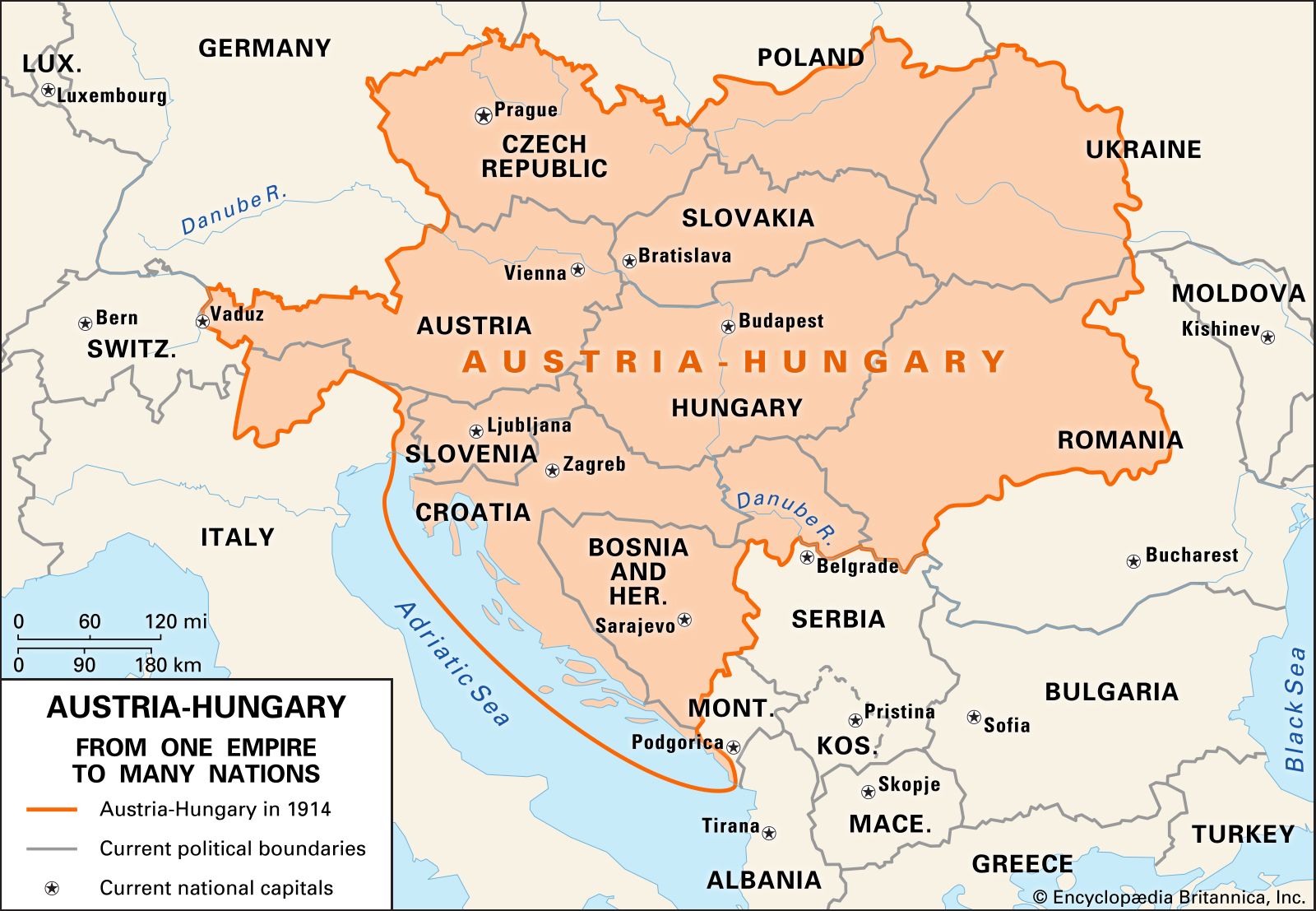
Austria | Between The World Wars
The Austria that was left at the end of World War I had a population of about 8 million, about 2 million of whom lived in Vienna. Long the market for an enormous hinterland and the supplier of industrial finished goods to the agricultural provinces, Vienna was now cut off from its former territories by…
-

Successor States to the Habsburg Empire | Between The World Wars
The triumphs of the authoritarian right in eastern Europe are explained partly by the lack of a parliamentary tradition; partly by the failure to solve grievous economic problems; and partly by a popular fear of Bolshevism. Perhaps as important as all the other factors put together was the initial impression created by the successes of…
-

Authoritarianism in Portugal | Between The World Wars
In the meantime, any Falangist designs on Portugal were blocked by the rise to power there of another dictator, Antonio de Oliveira Salazar (1889-1970). Portugal had participated in World War I, and the republican regime, which had driven King Manoel II (r. 1908-1910) from the country in 1910, governed until forced from office by a…
A History of Civilization
